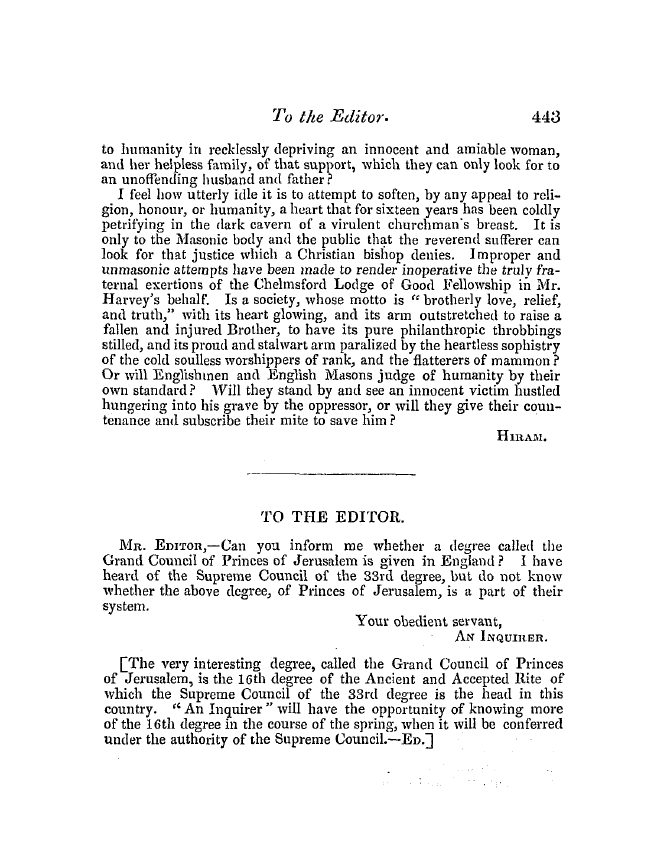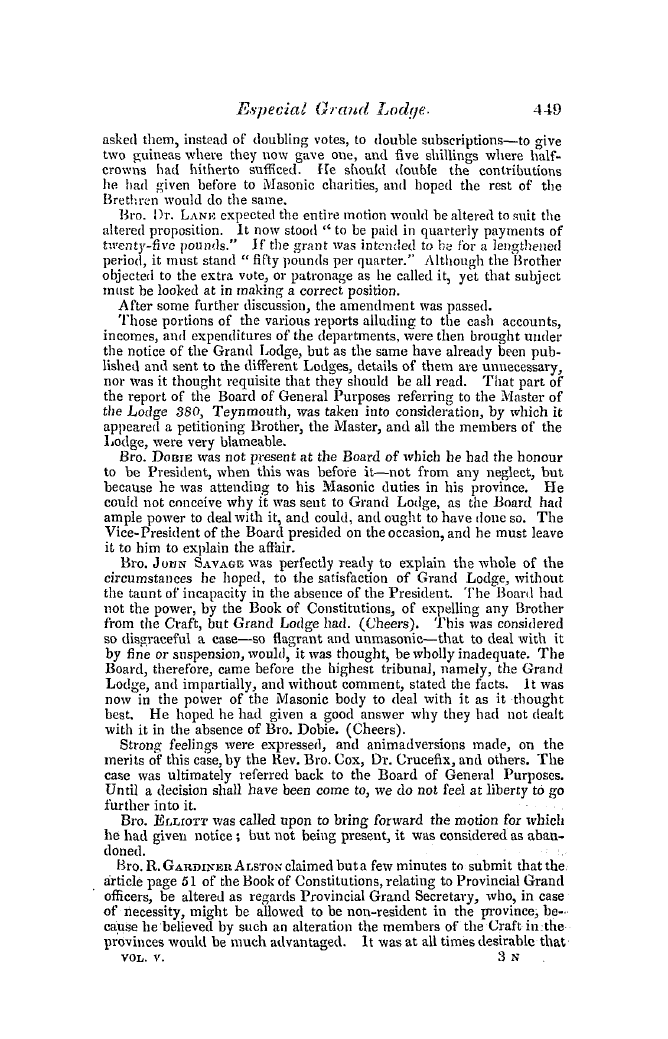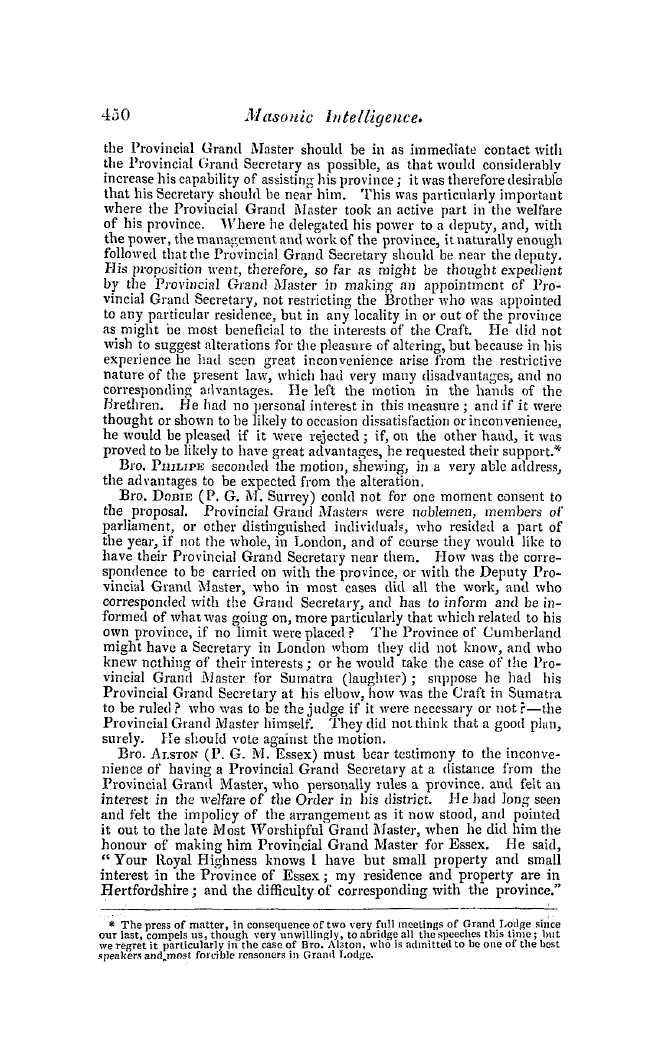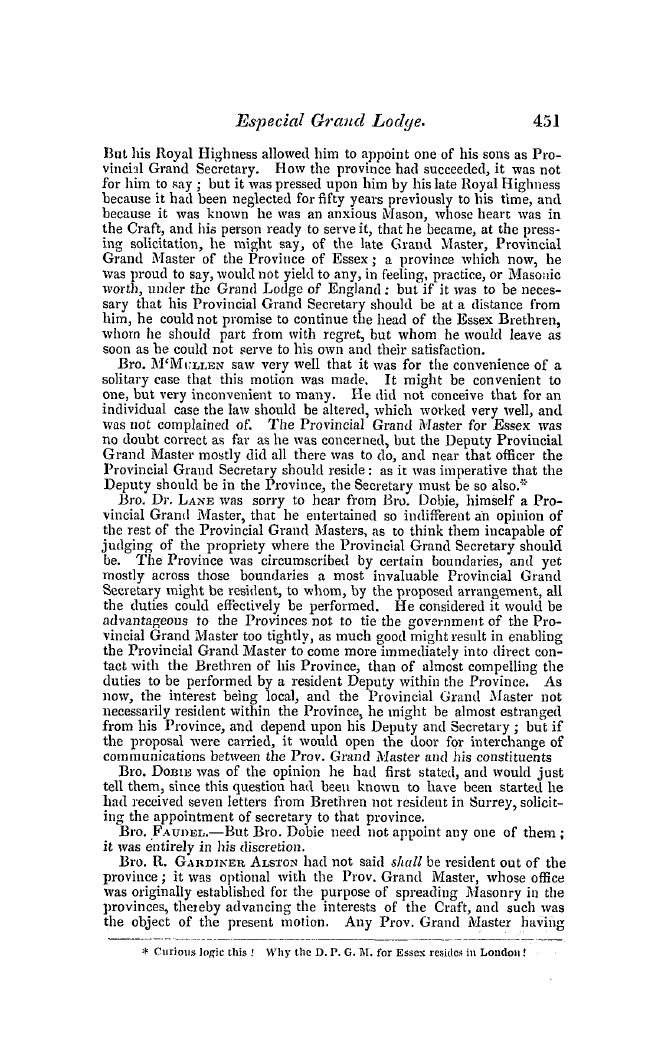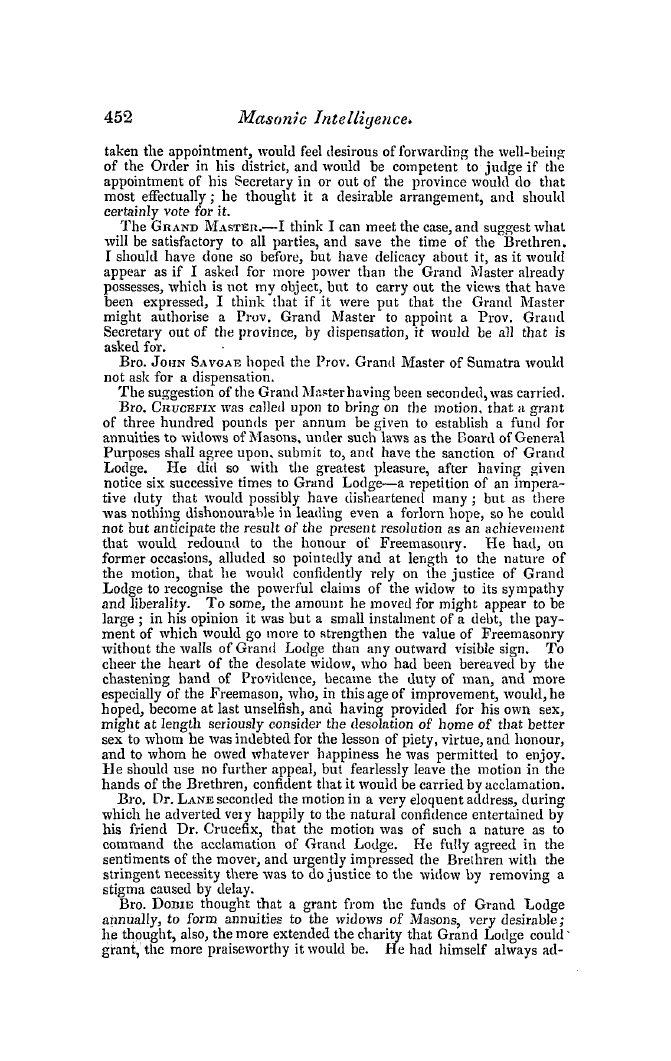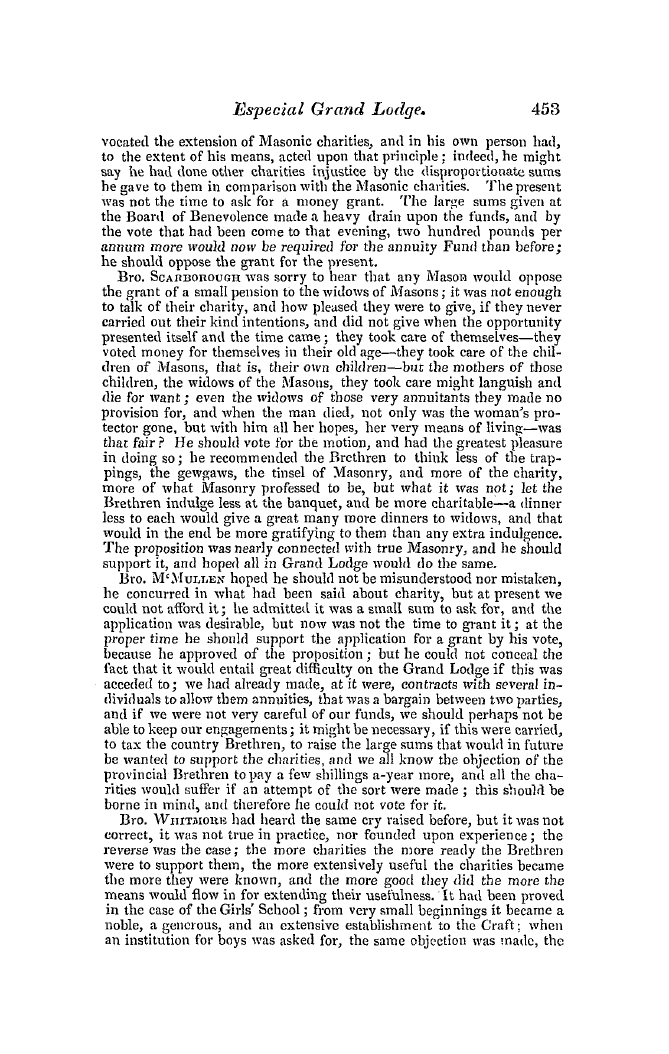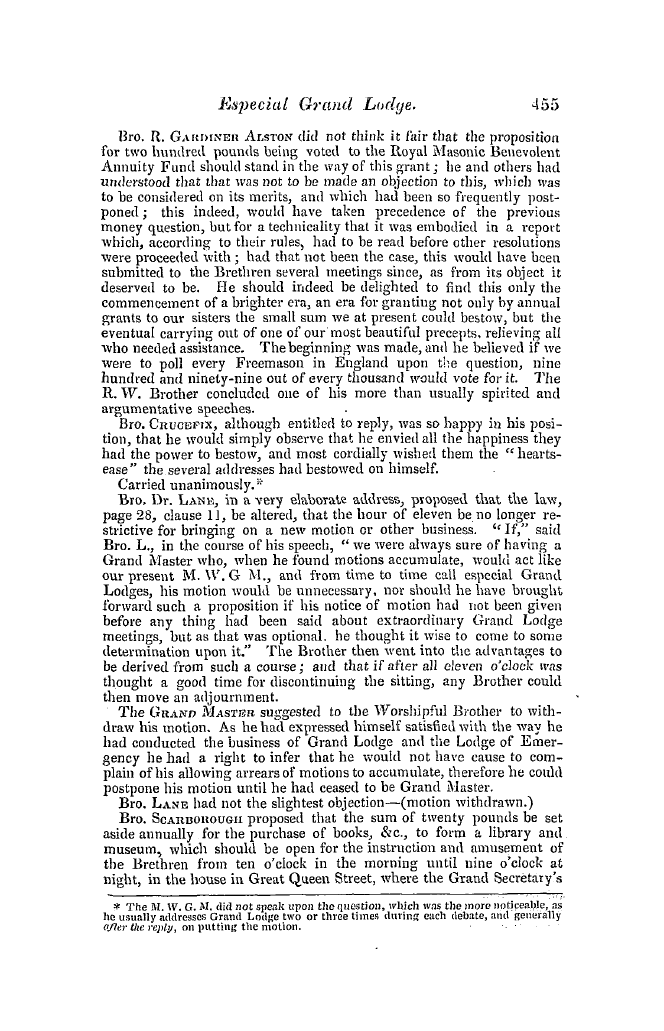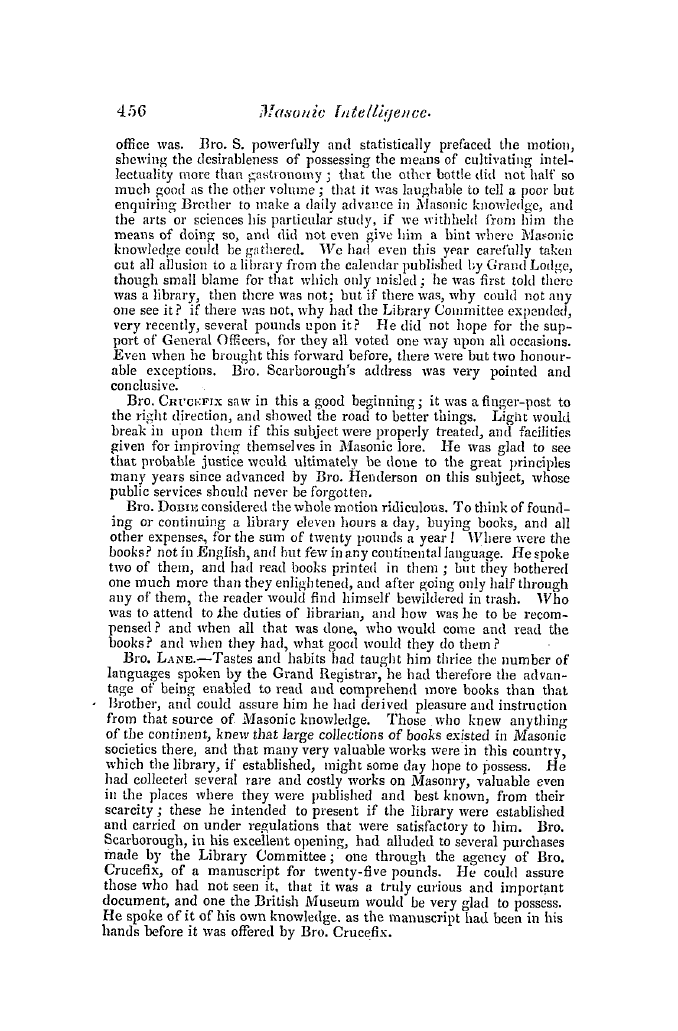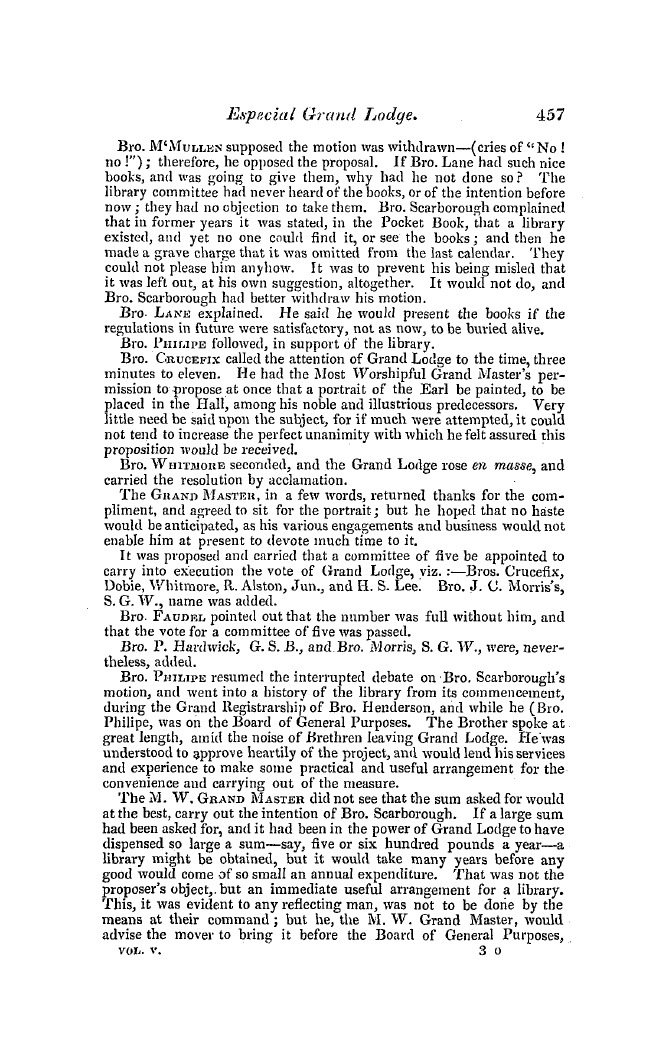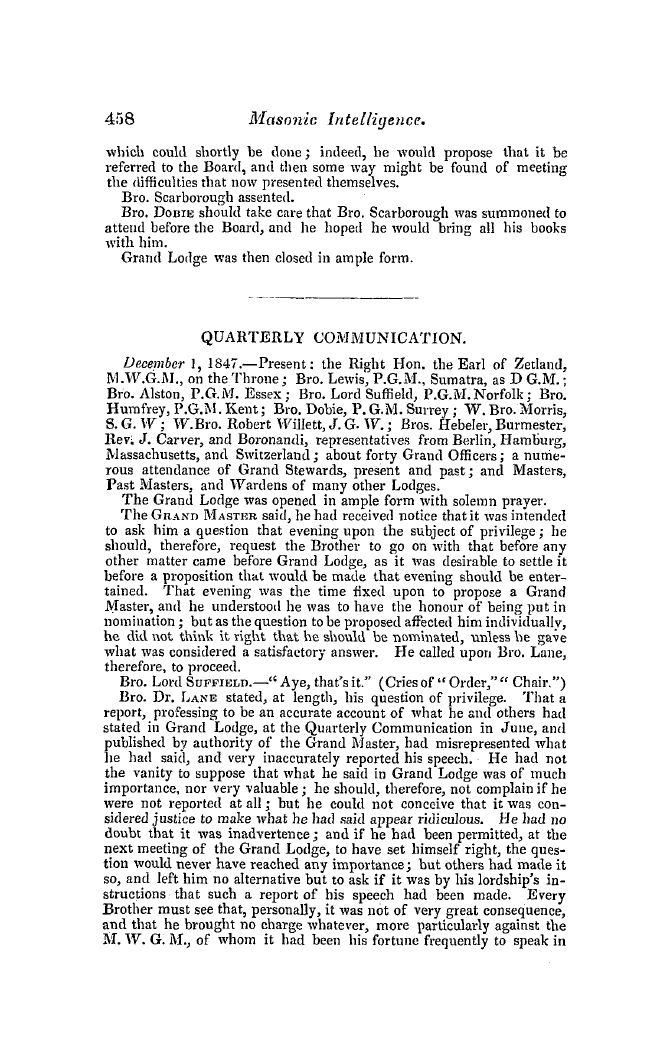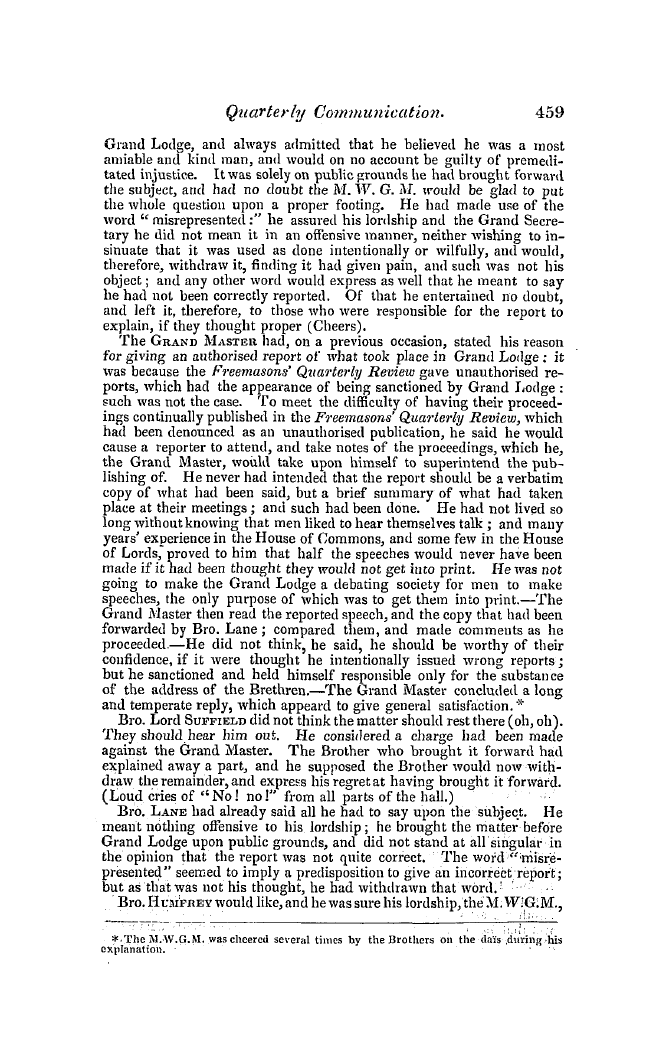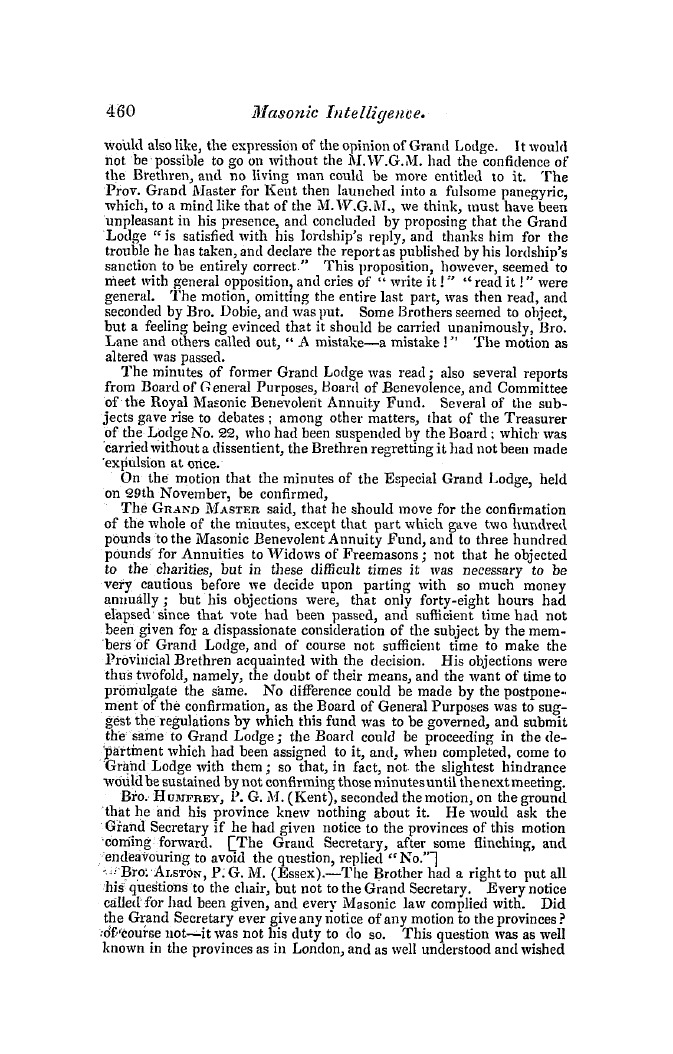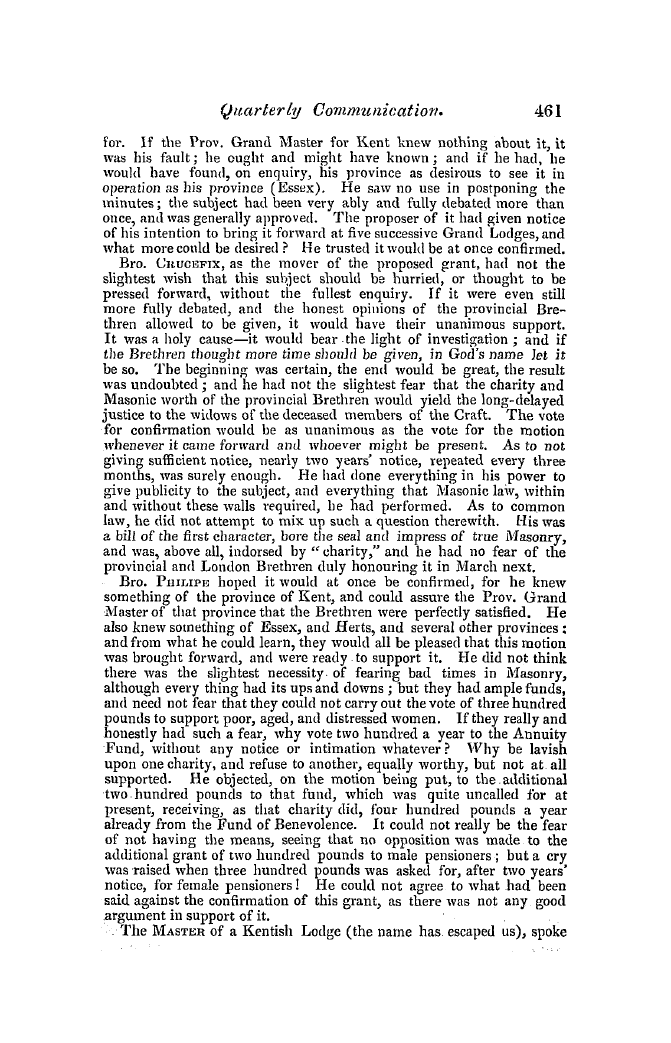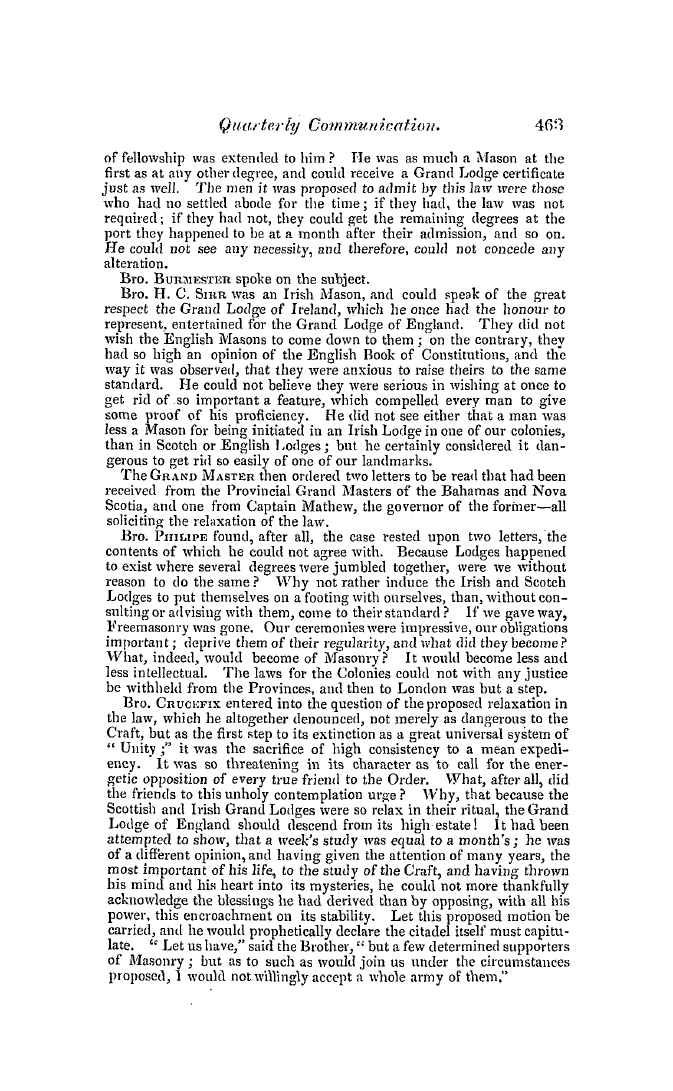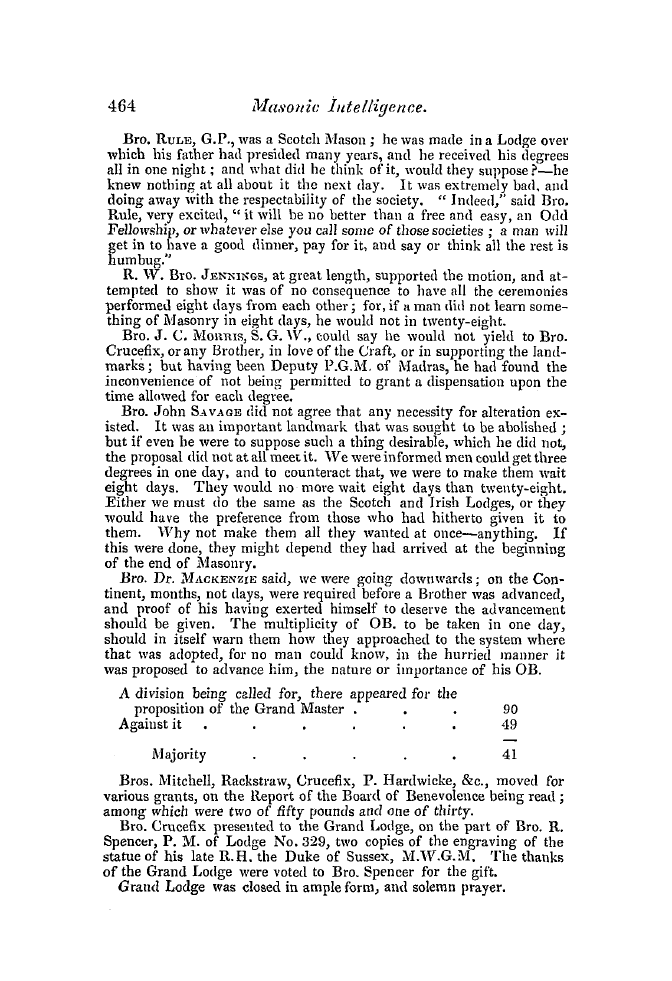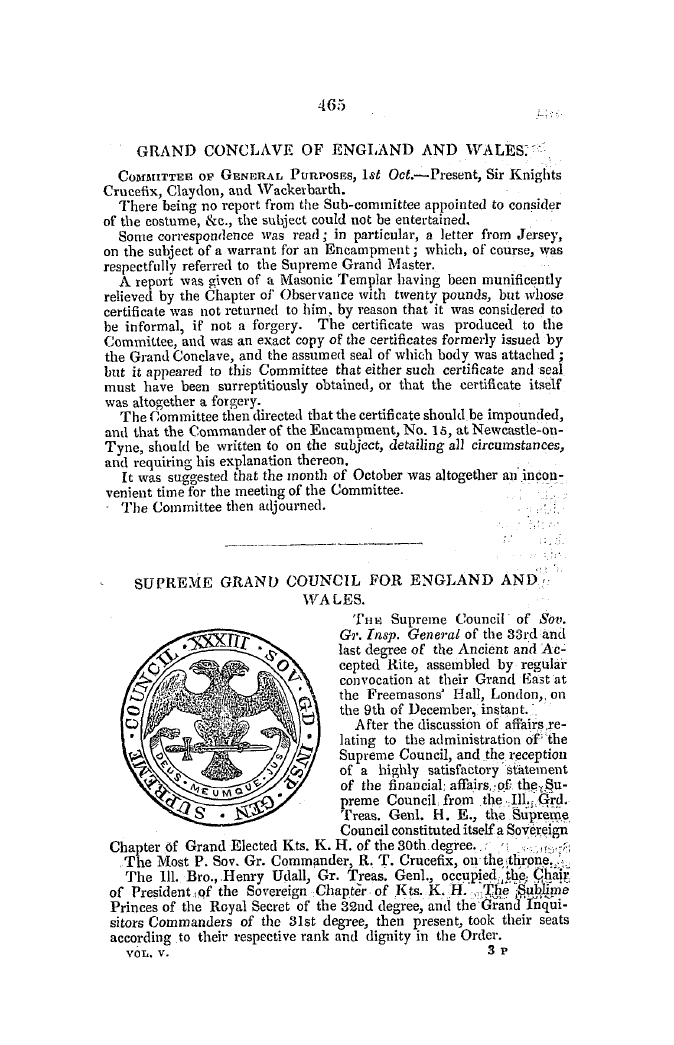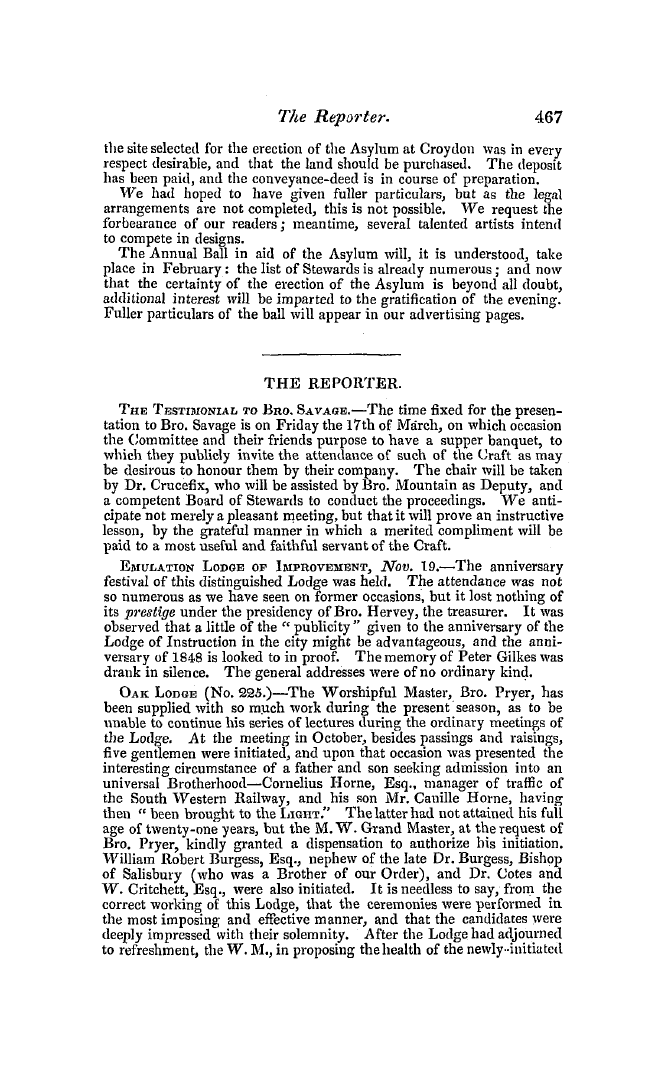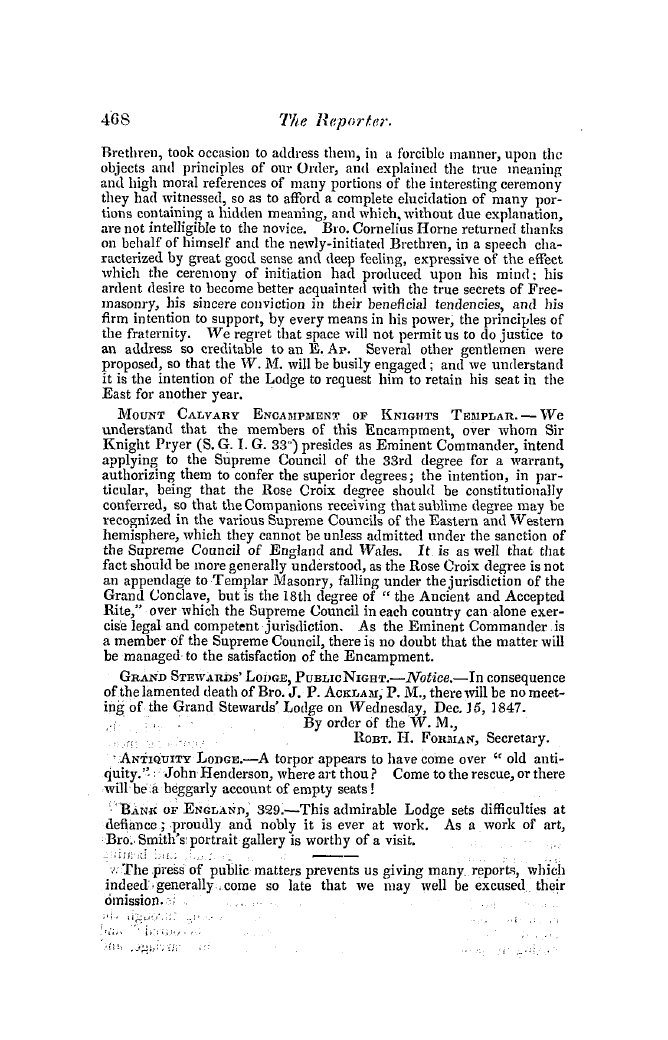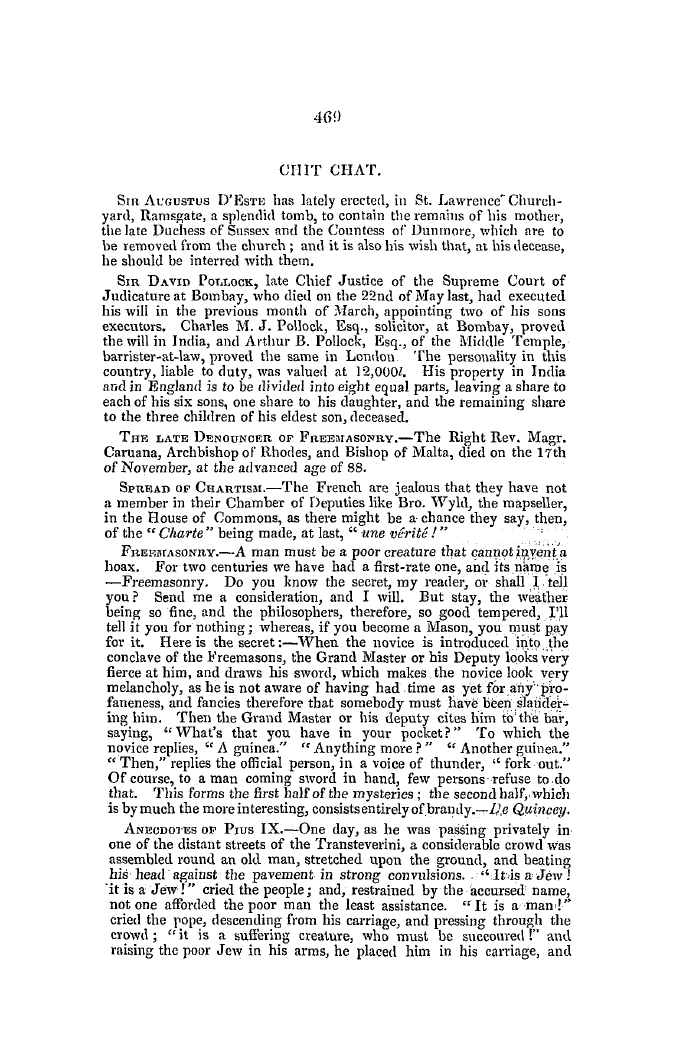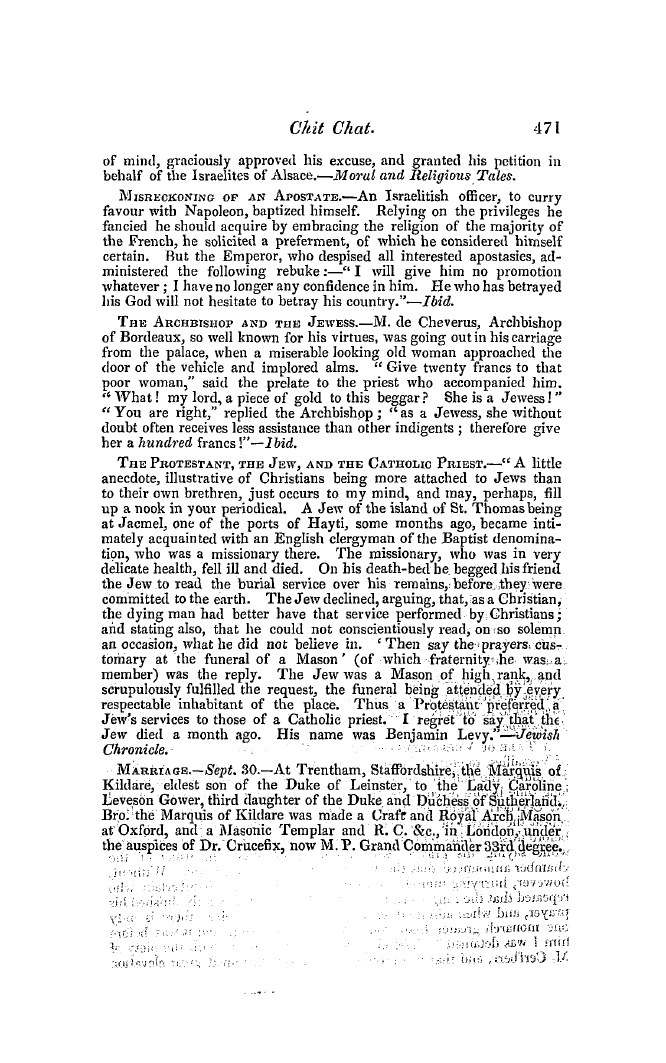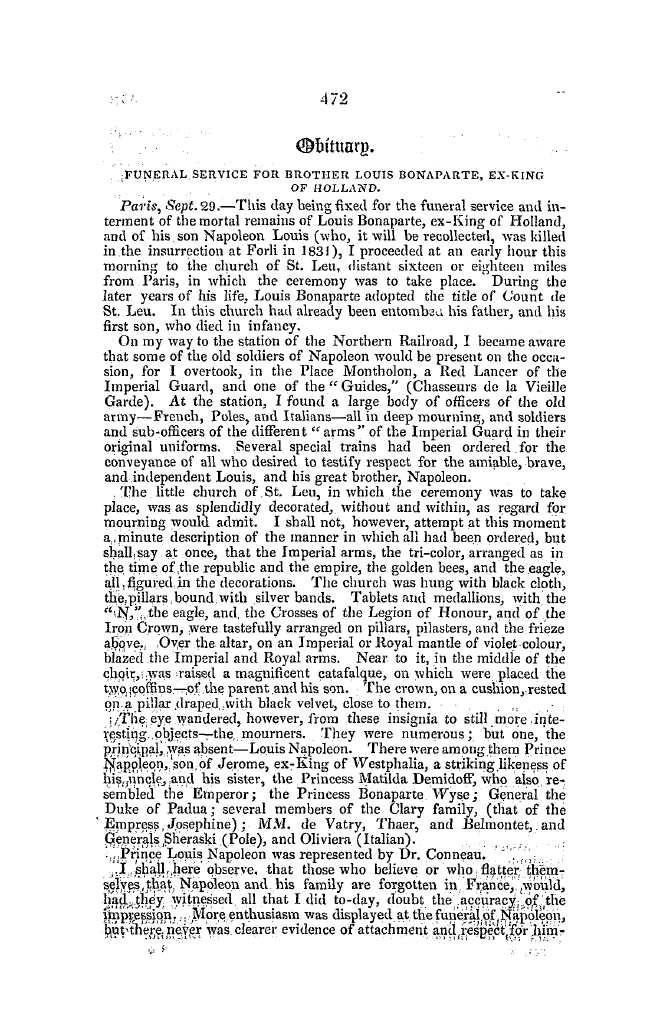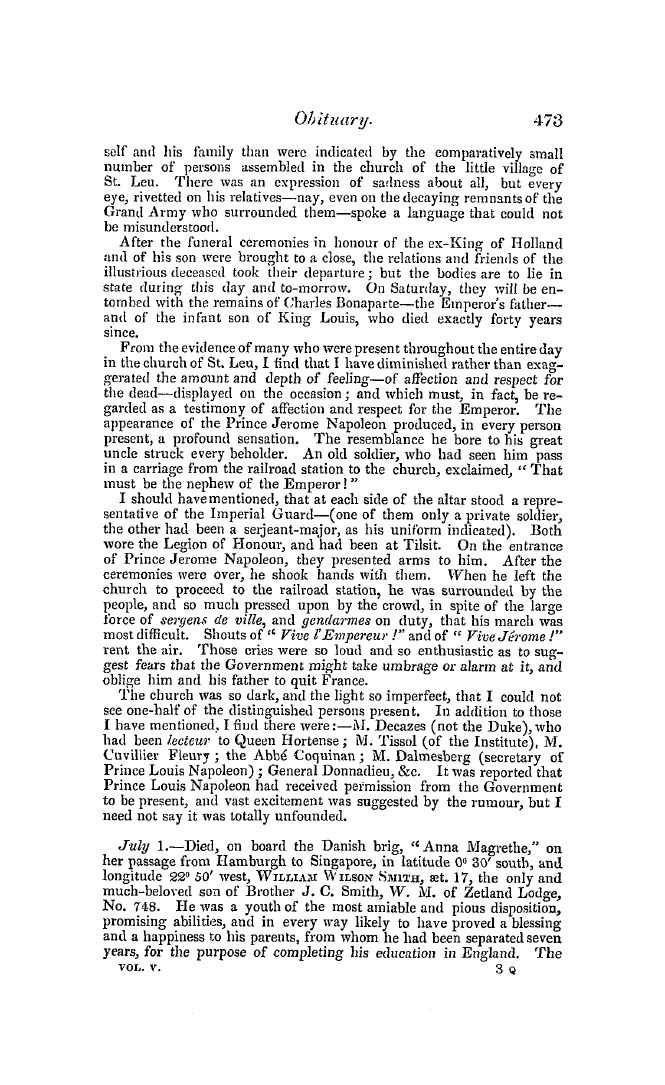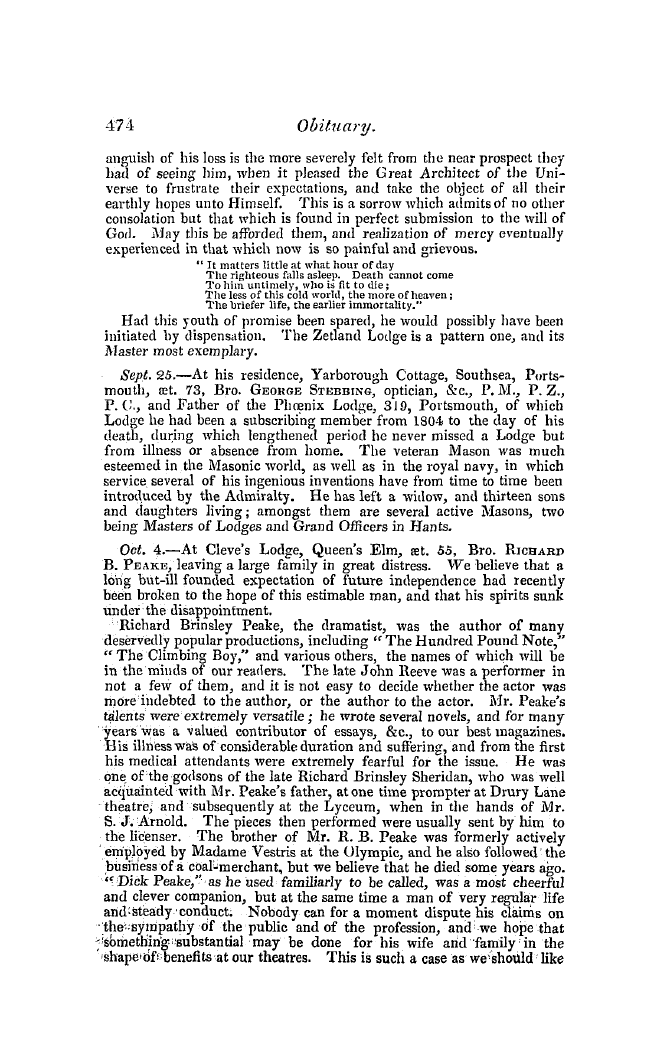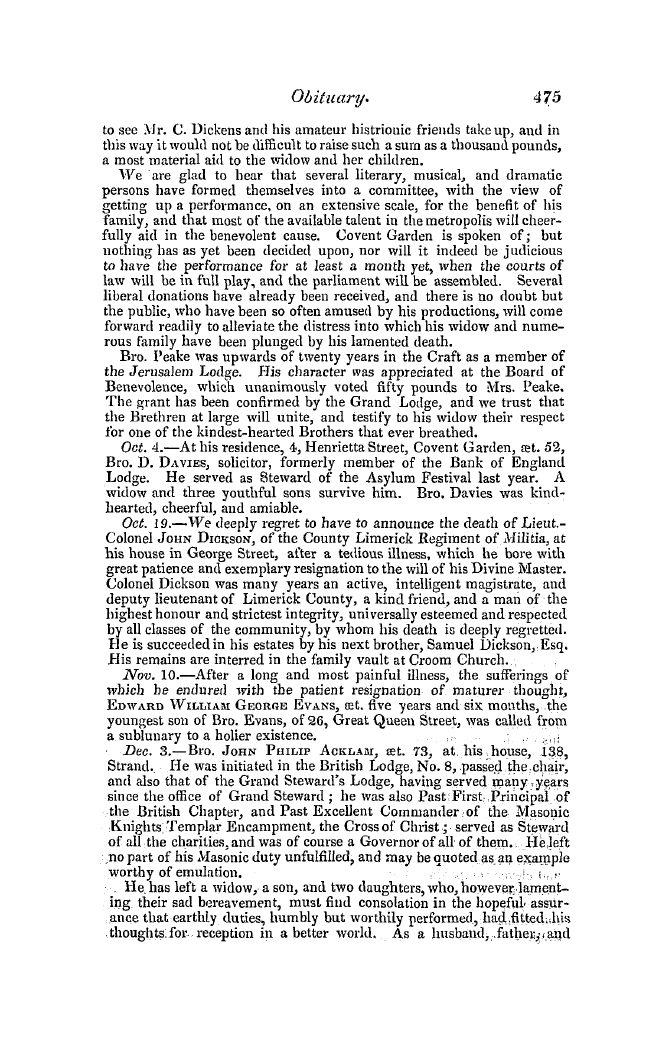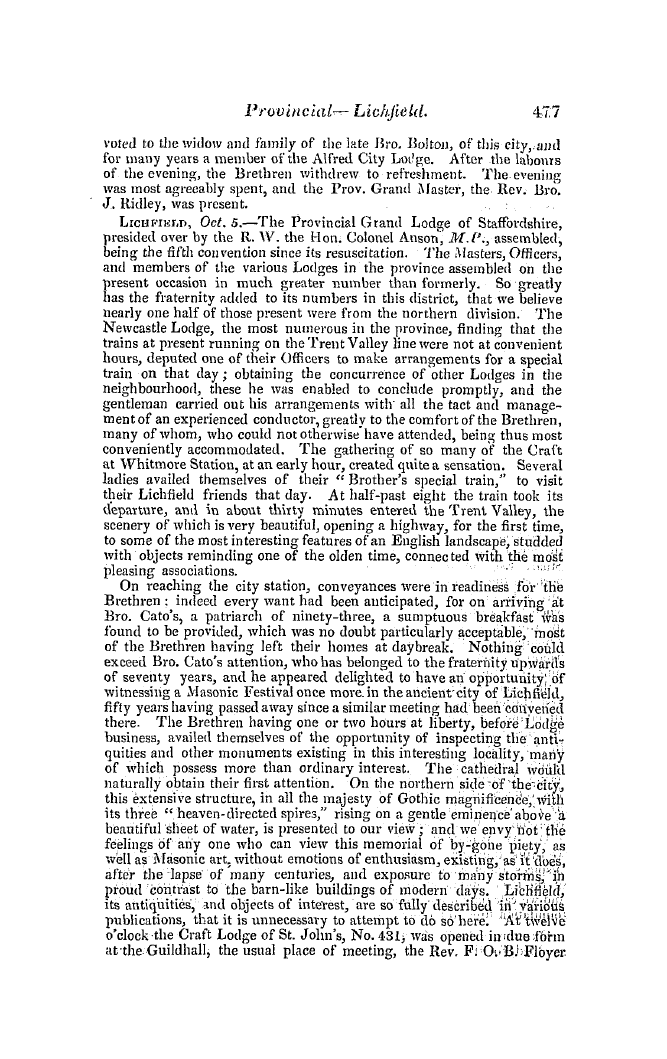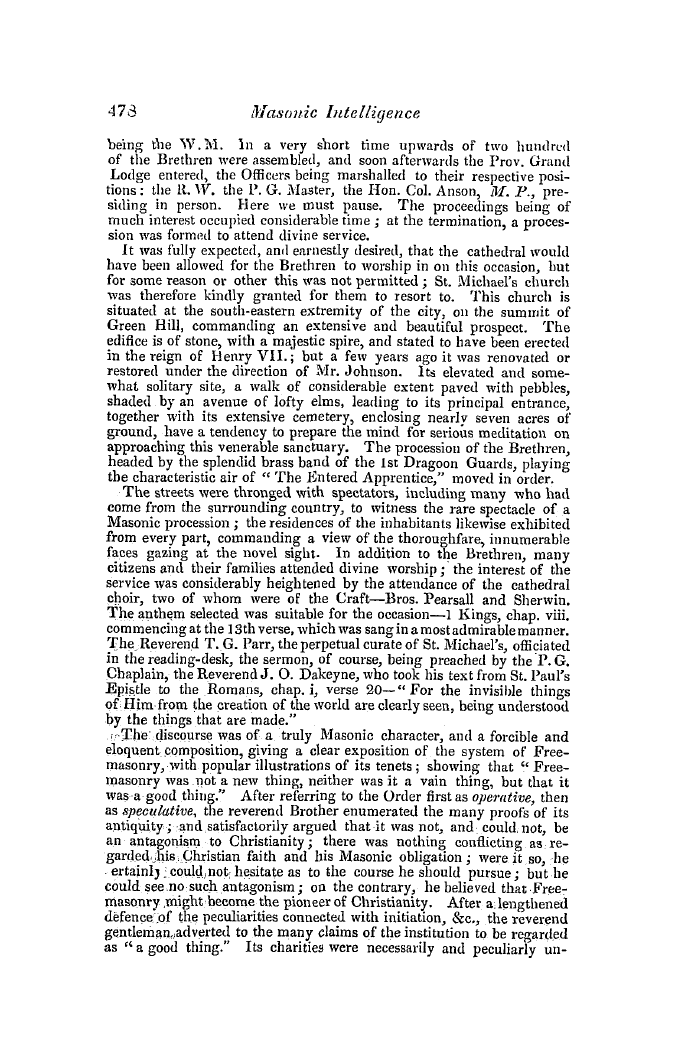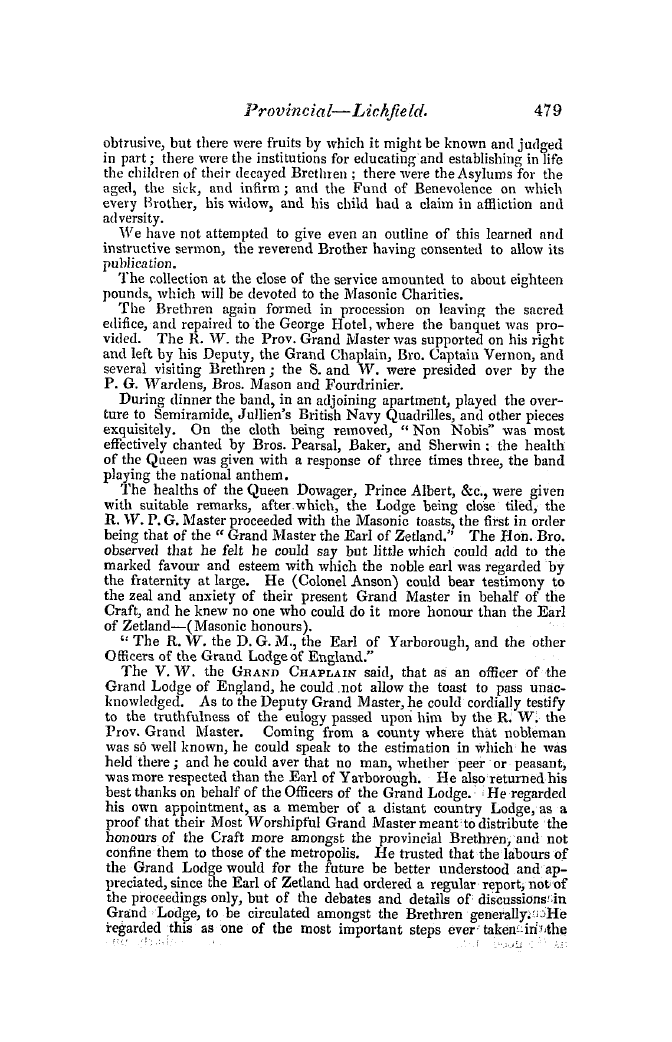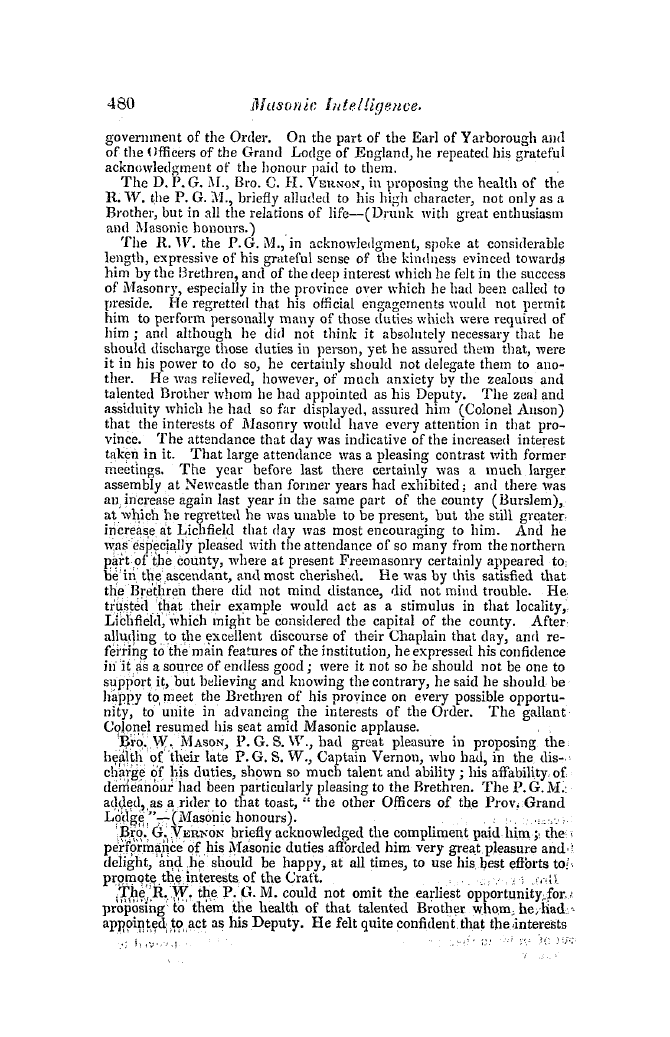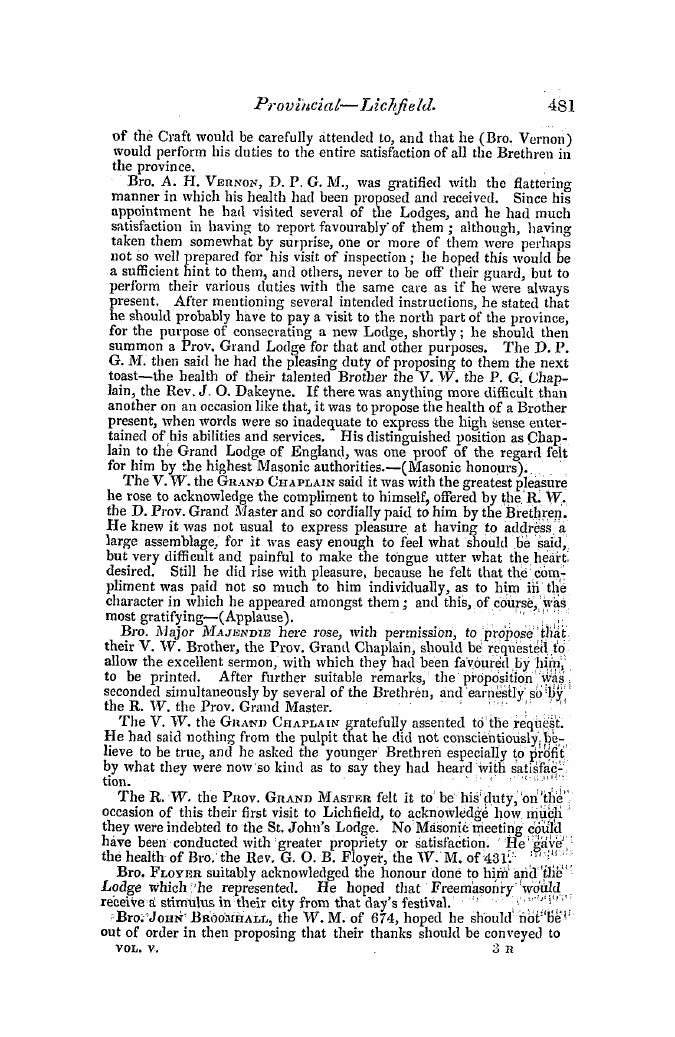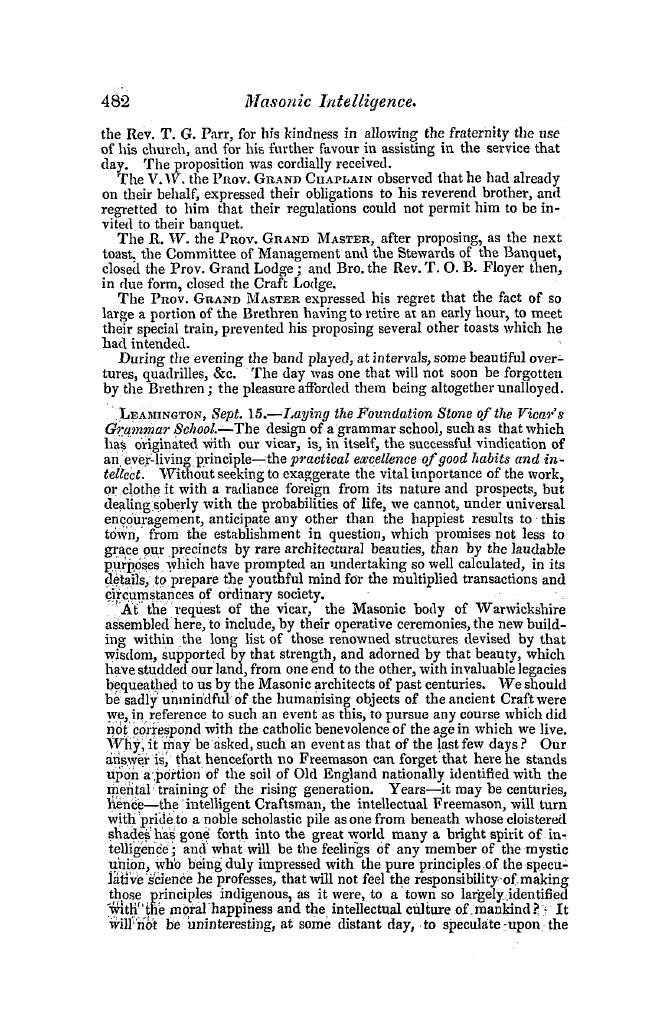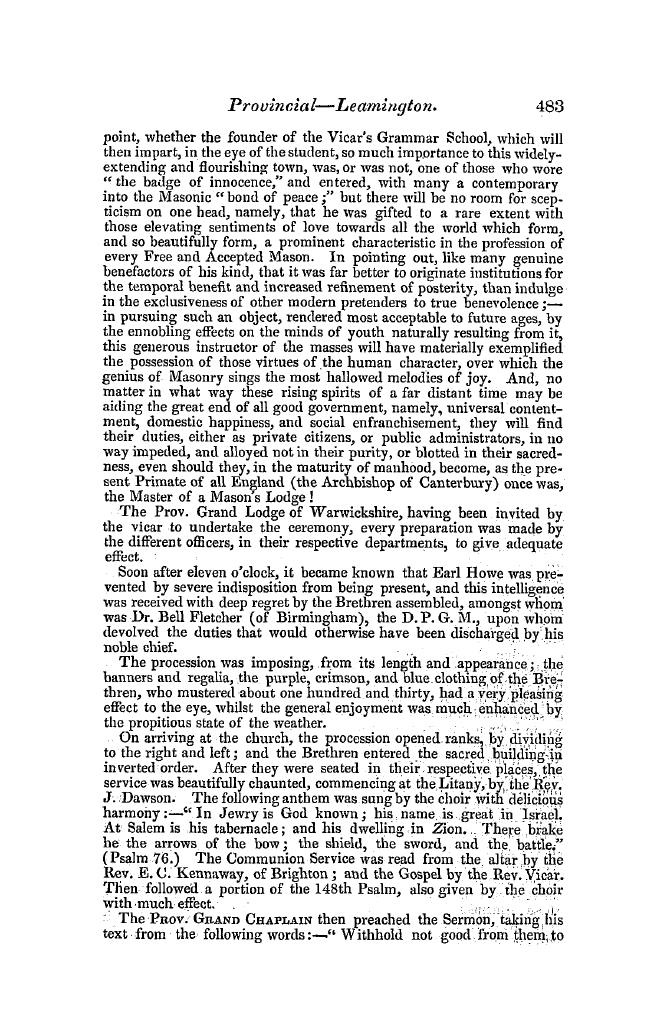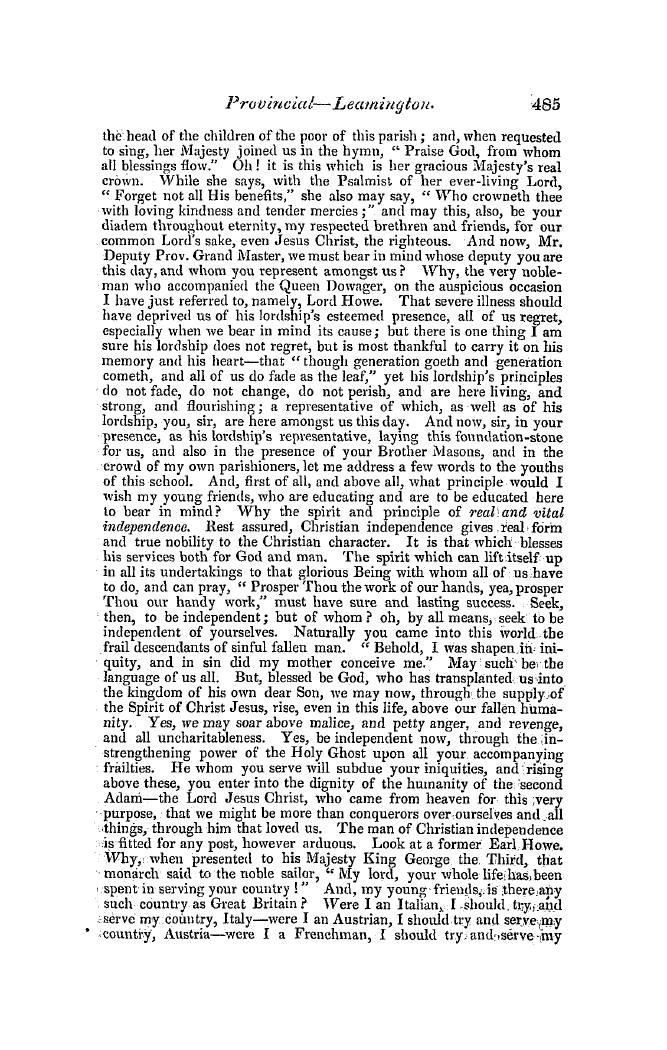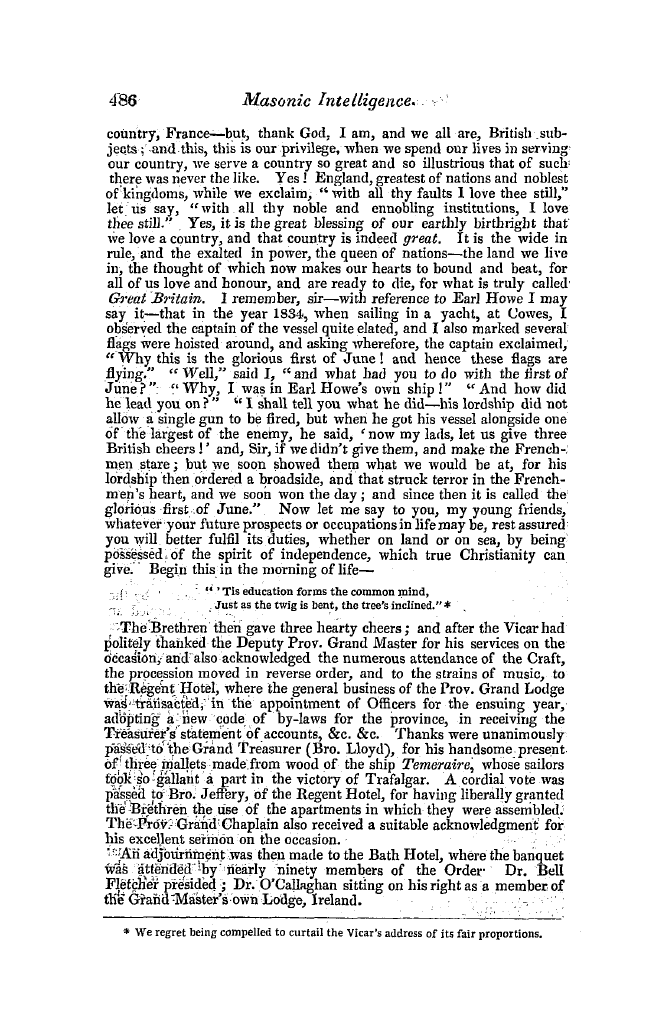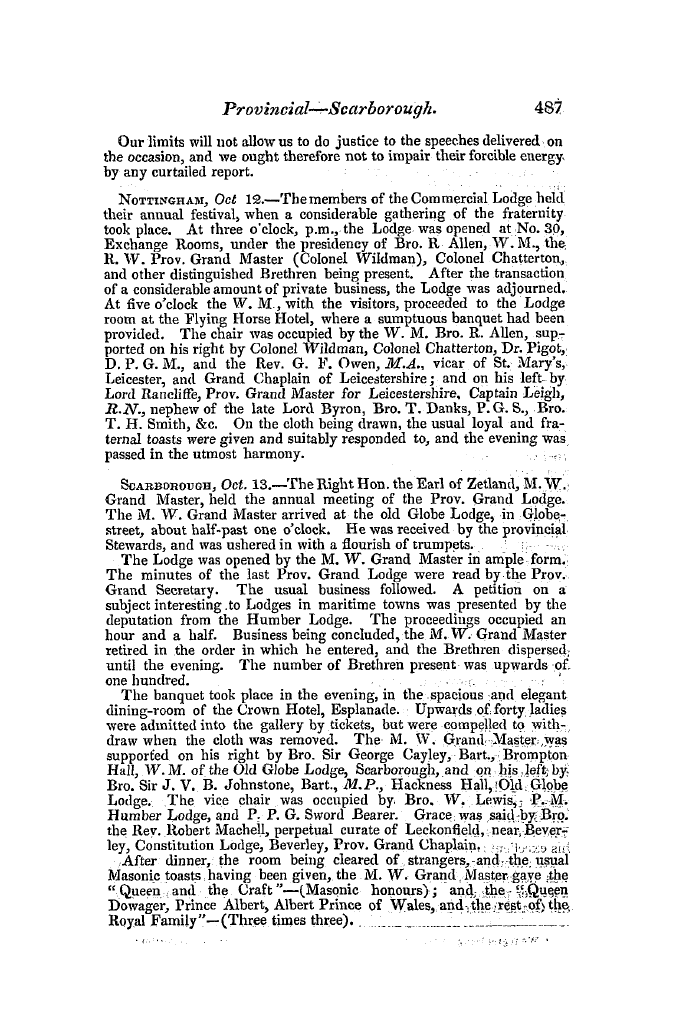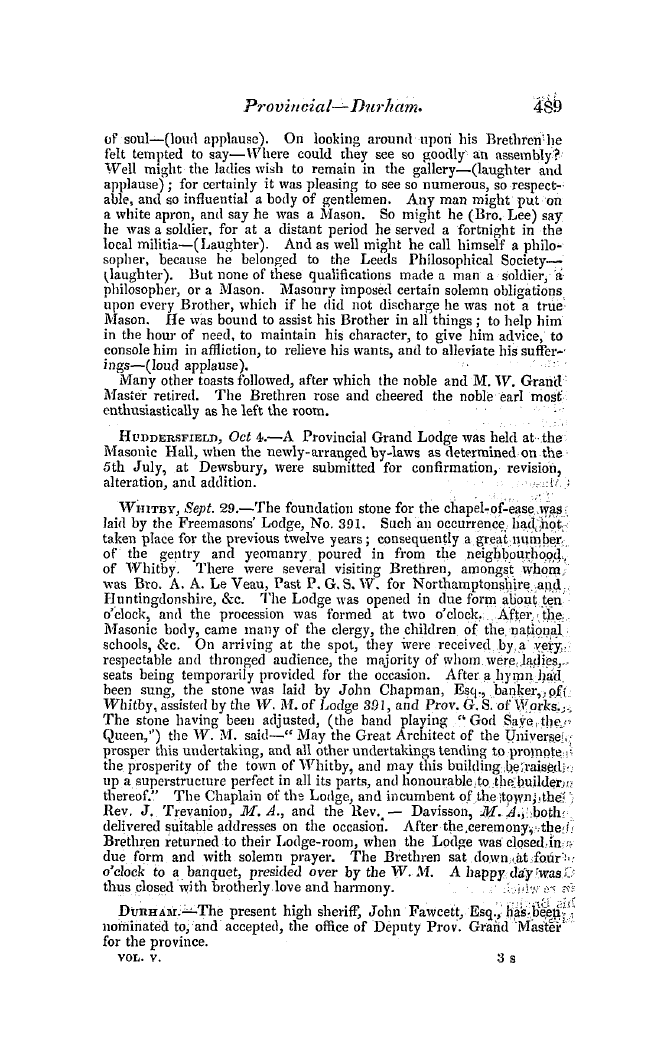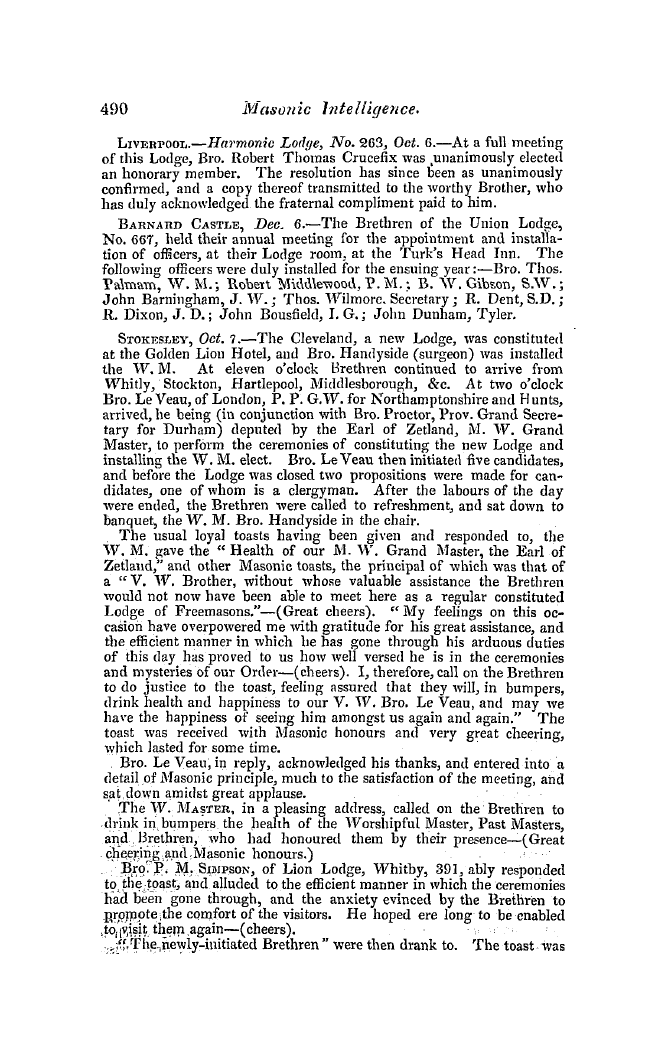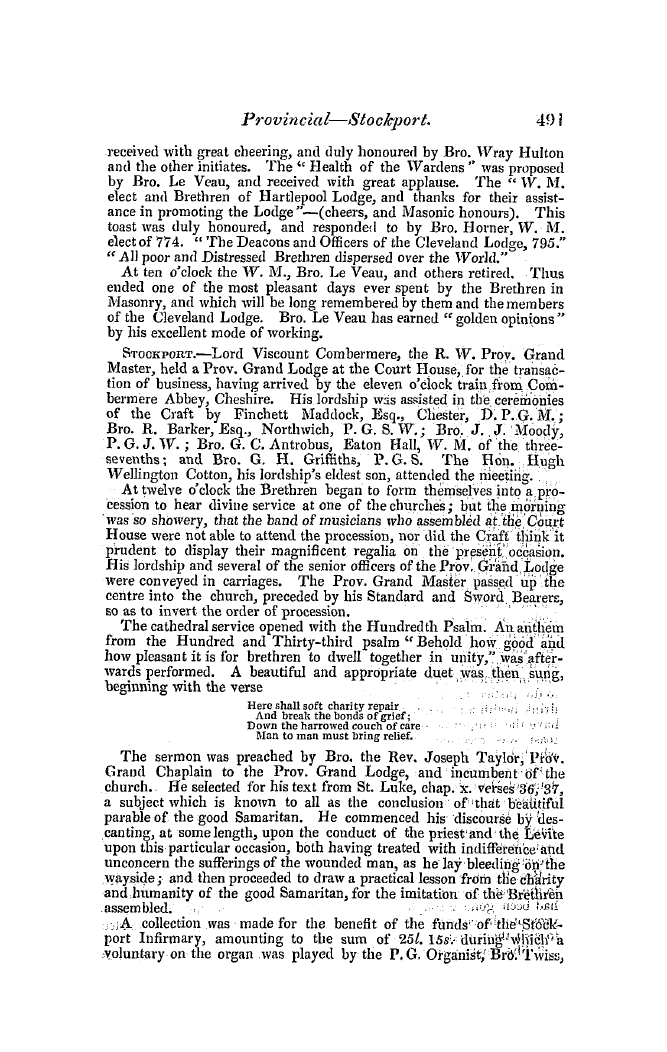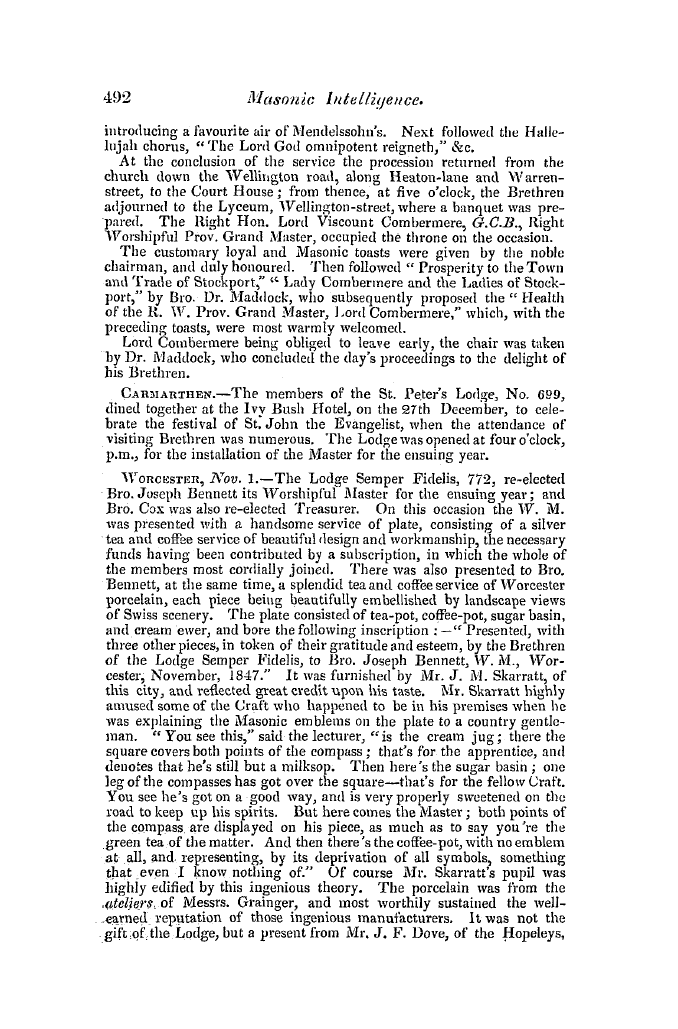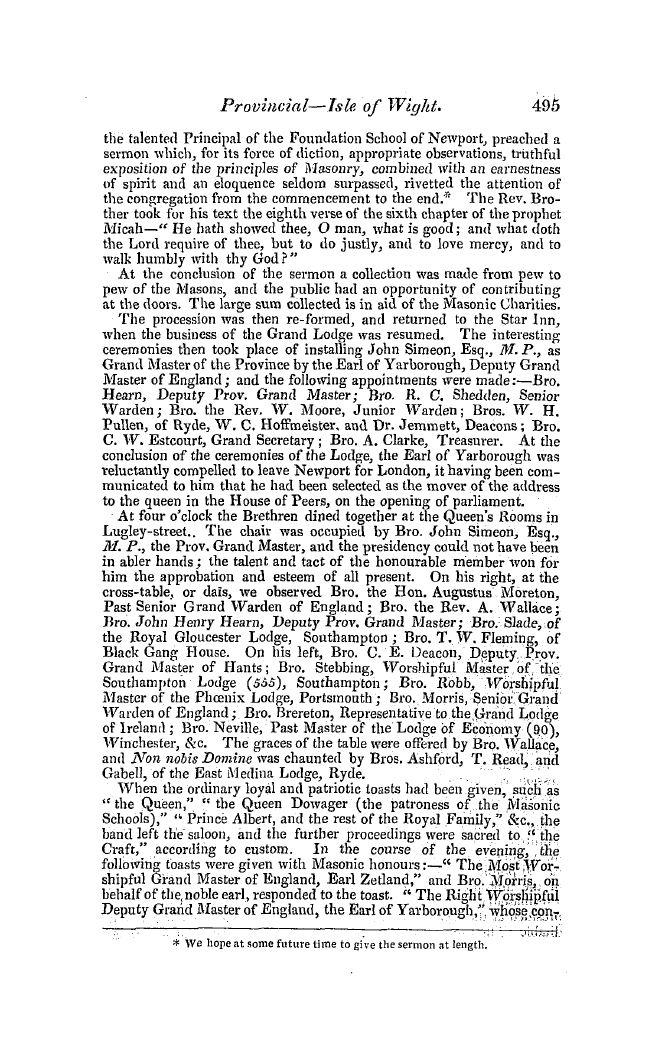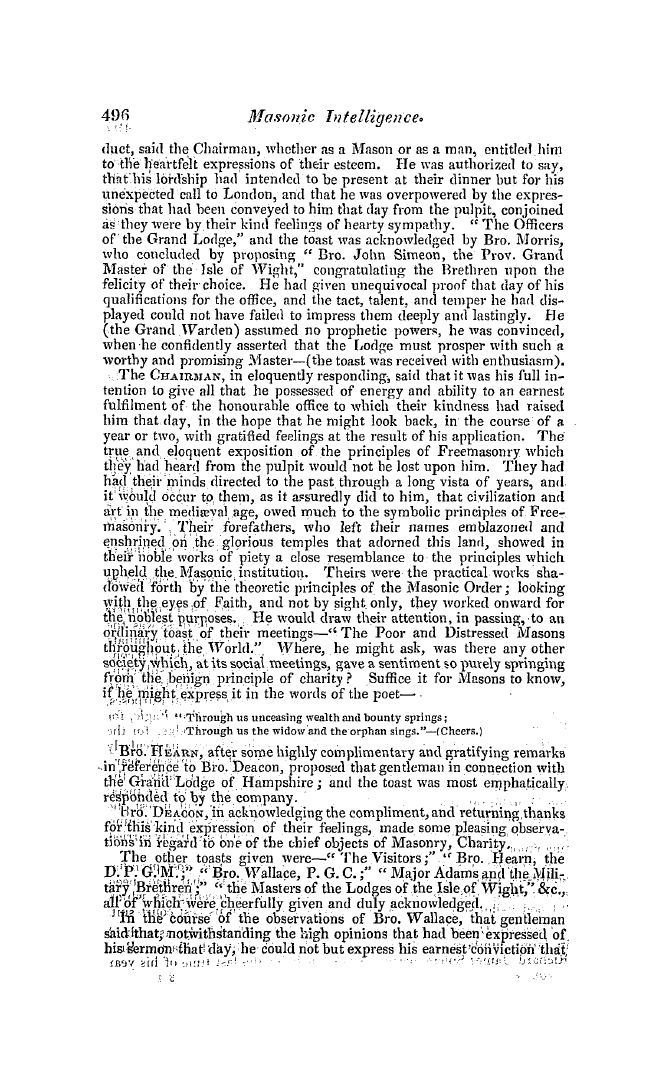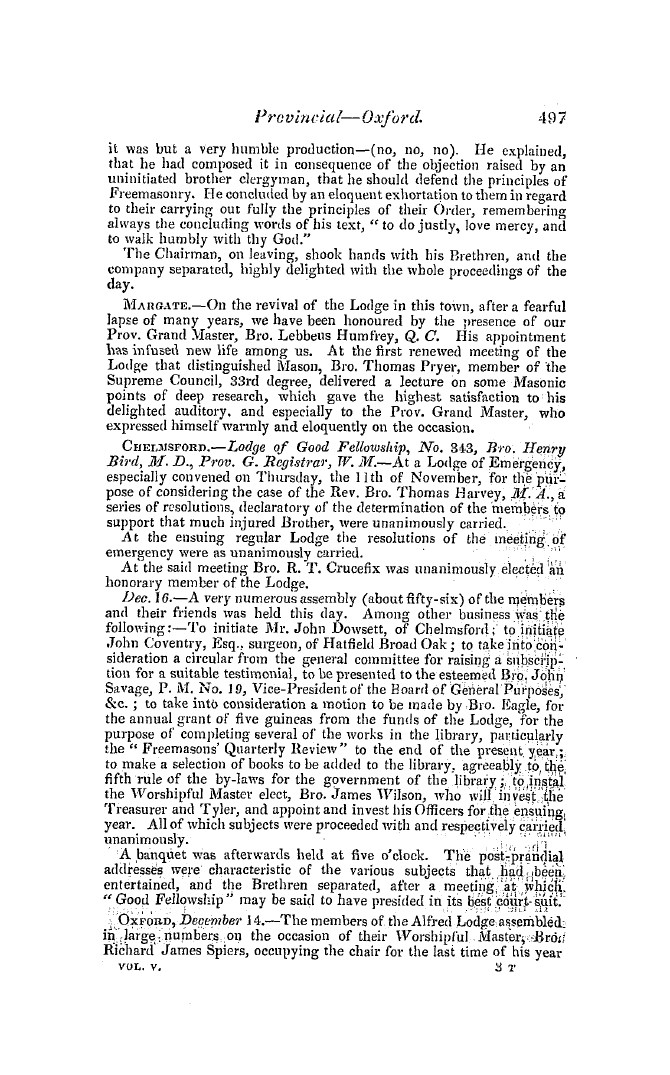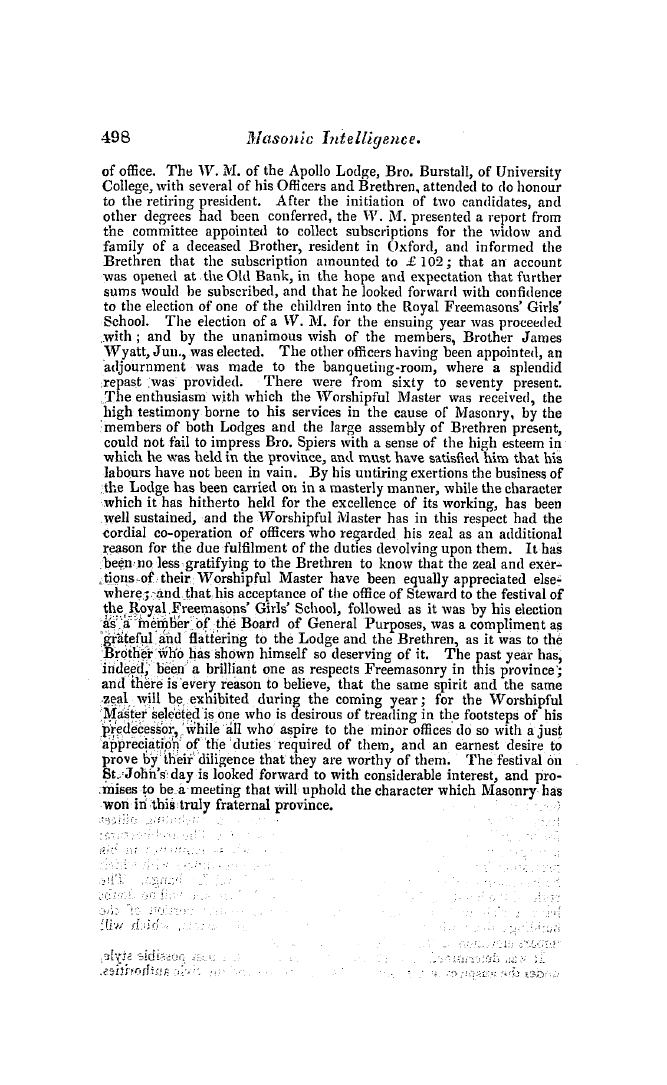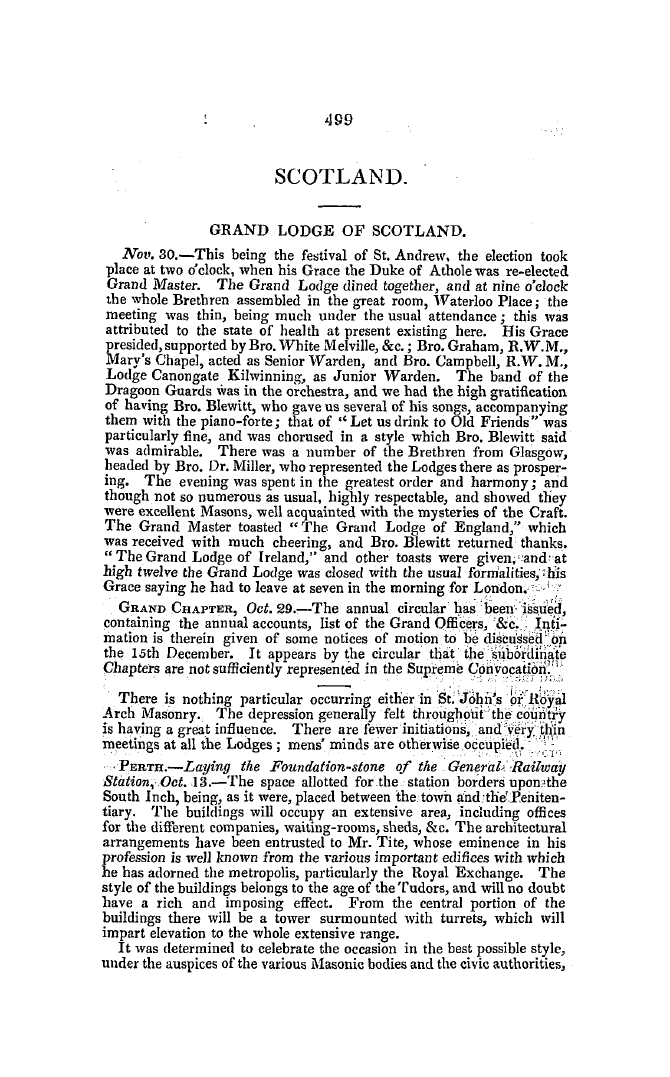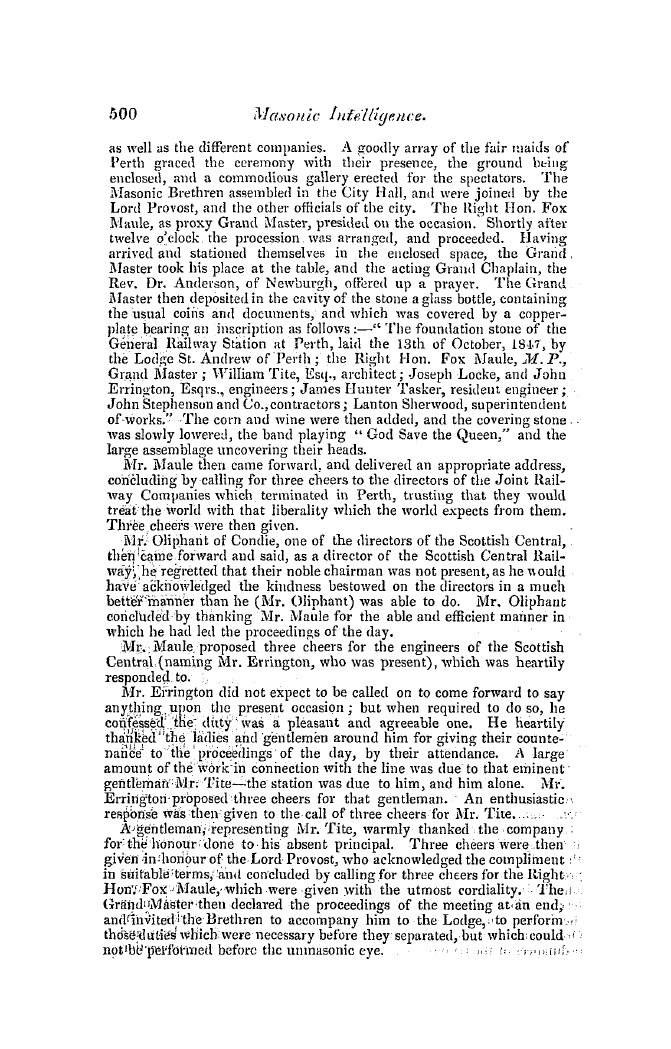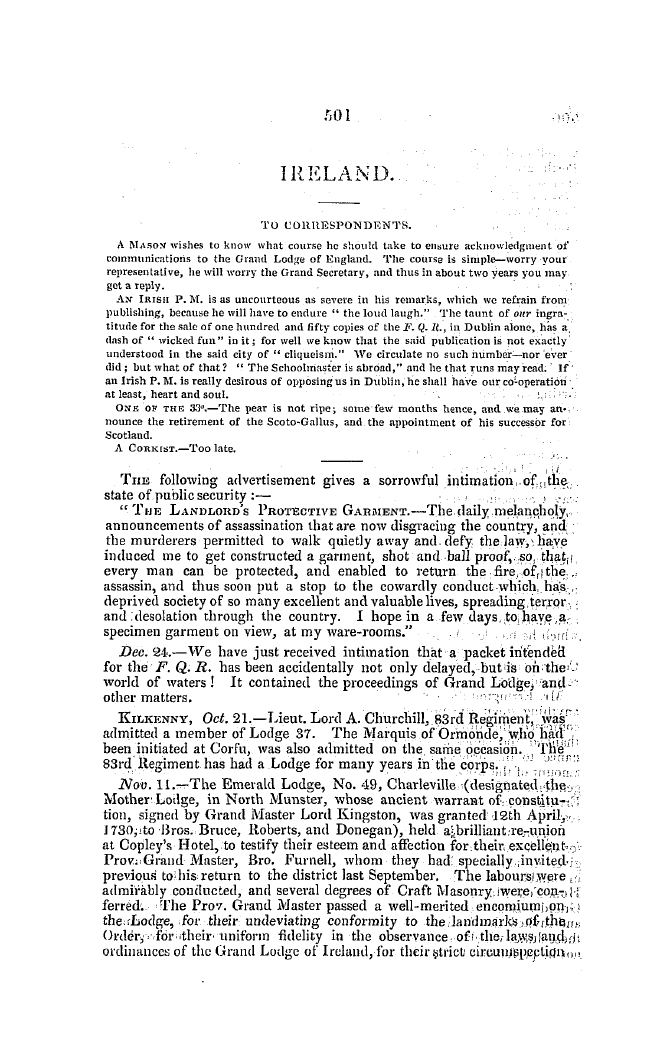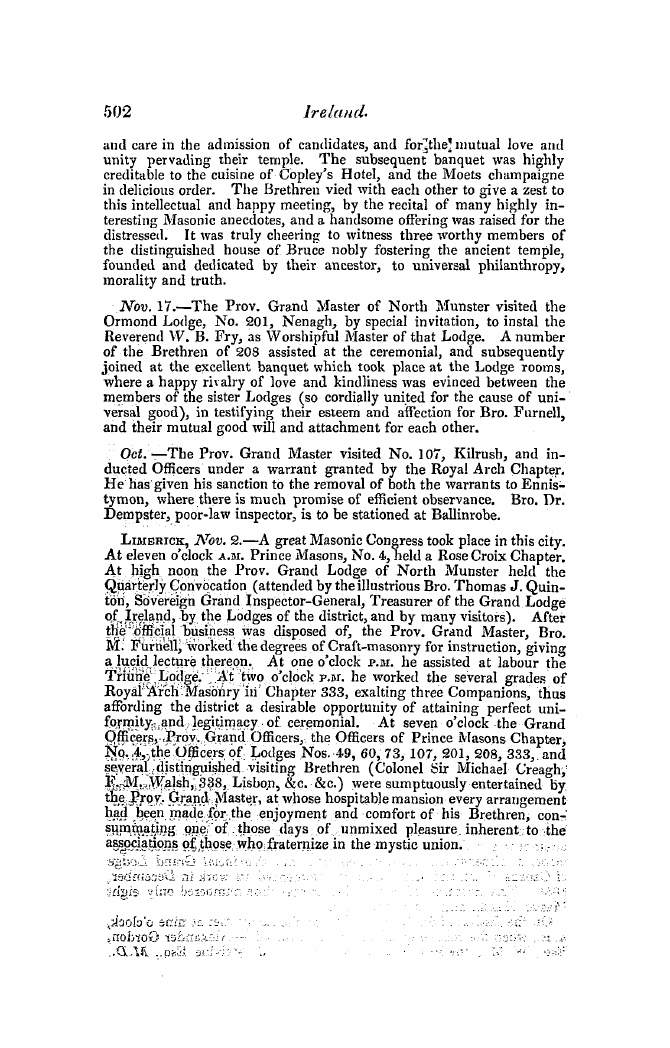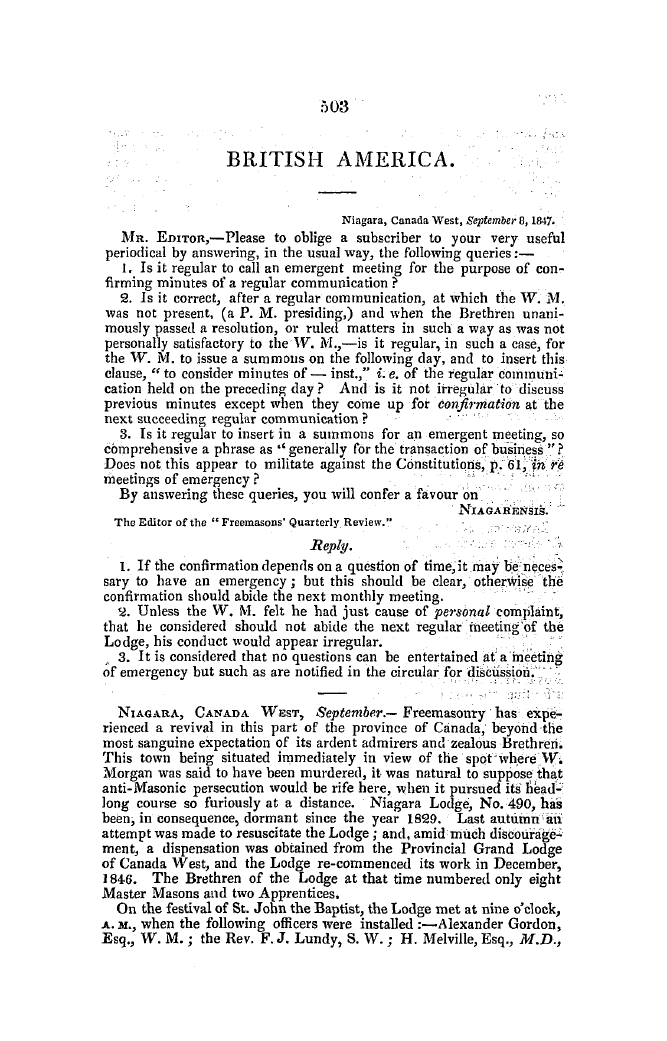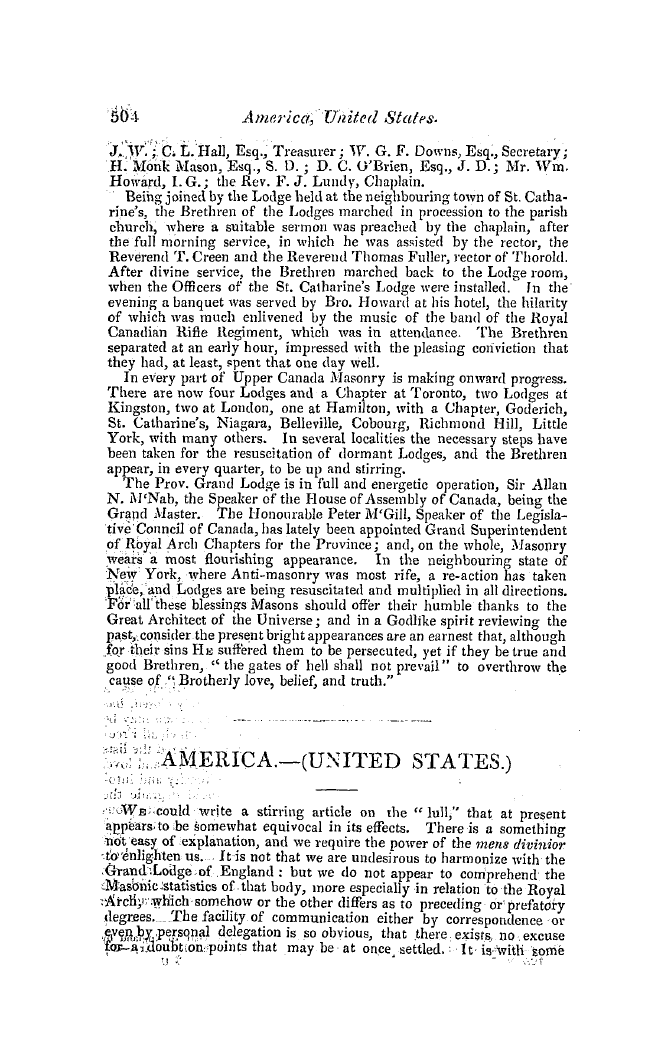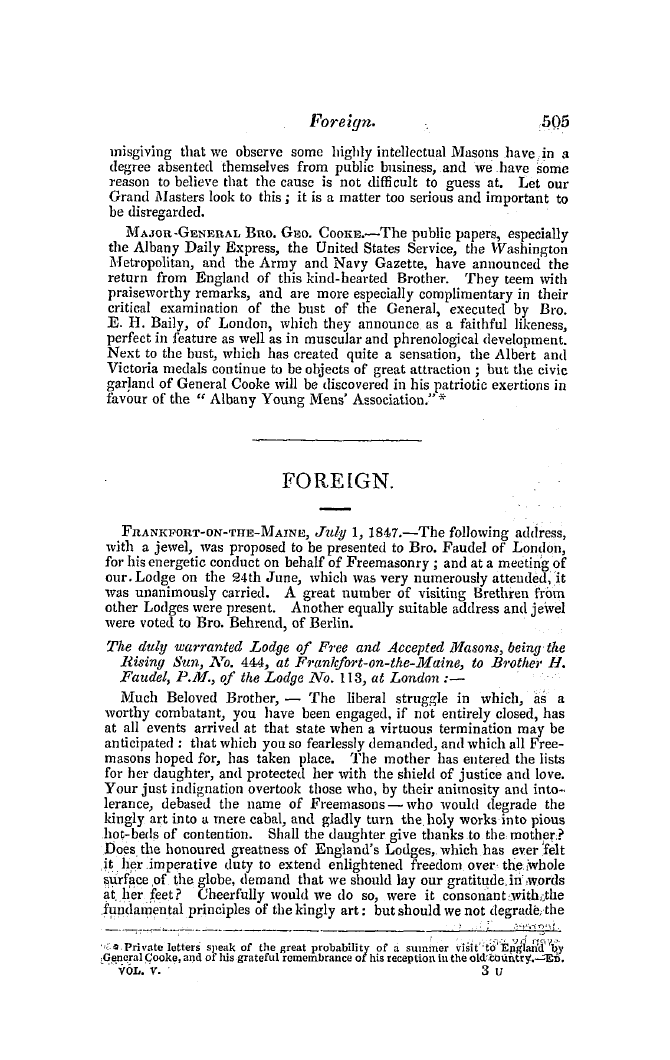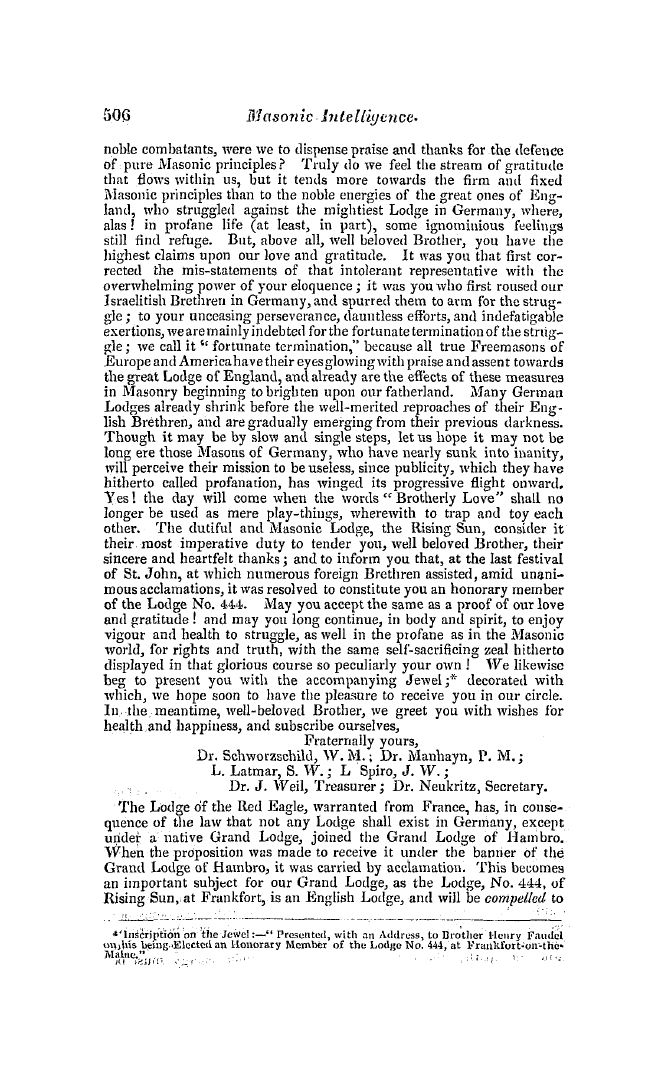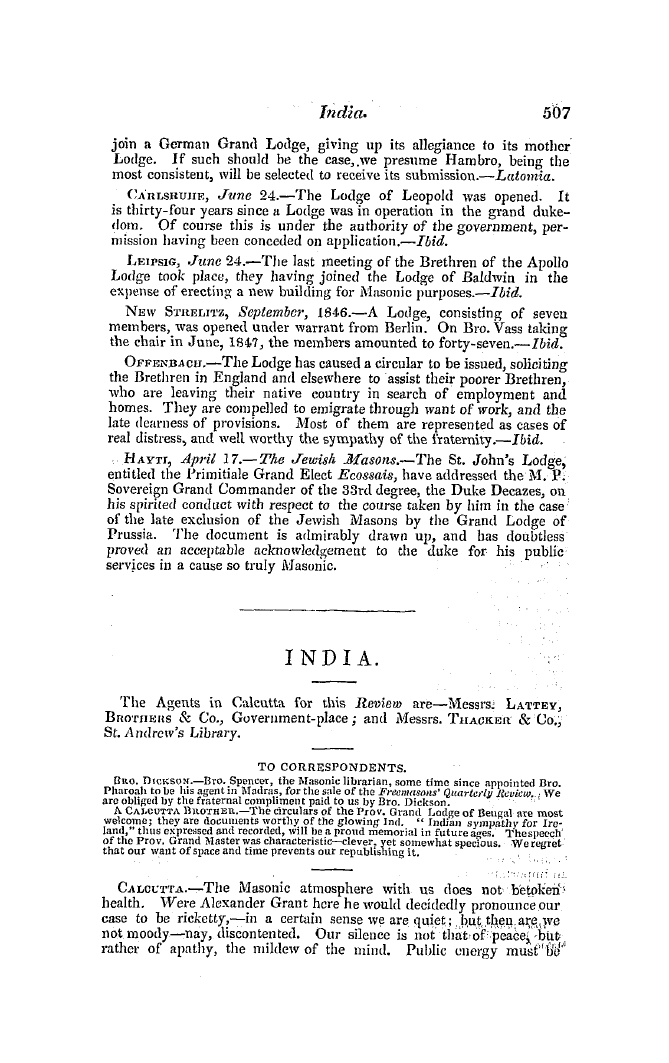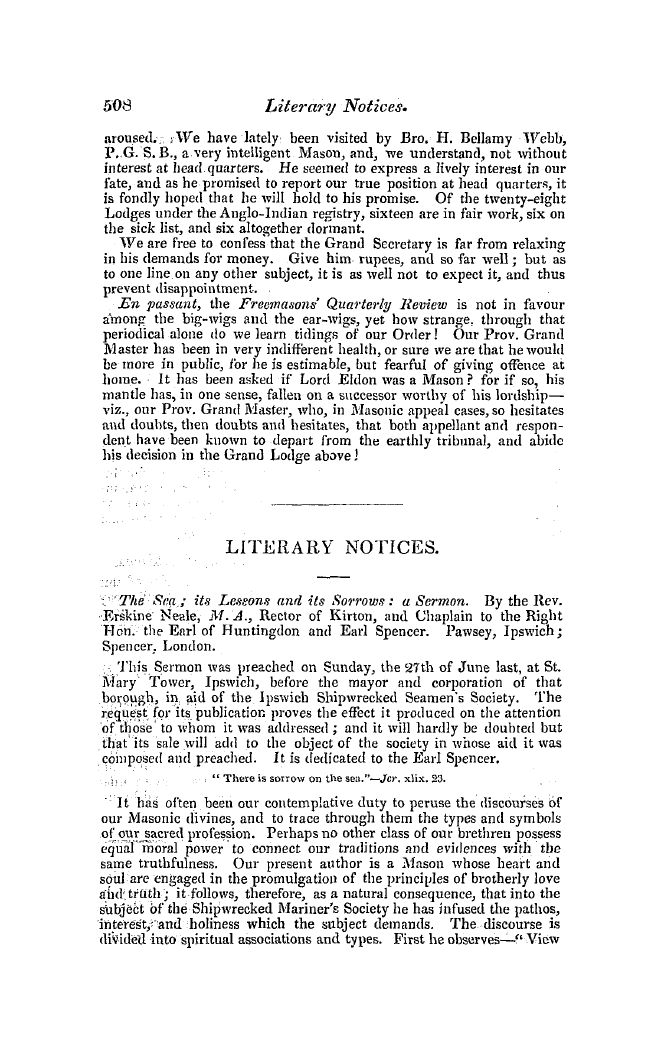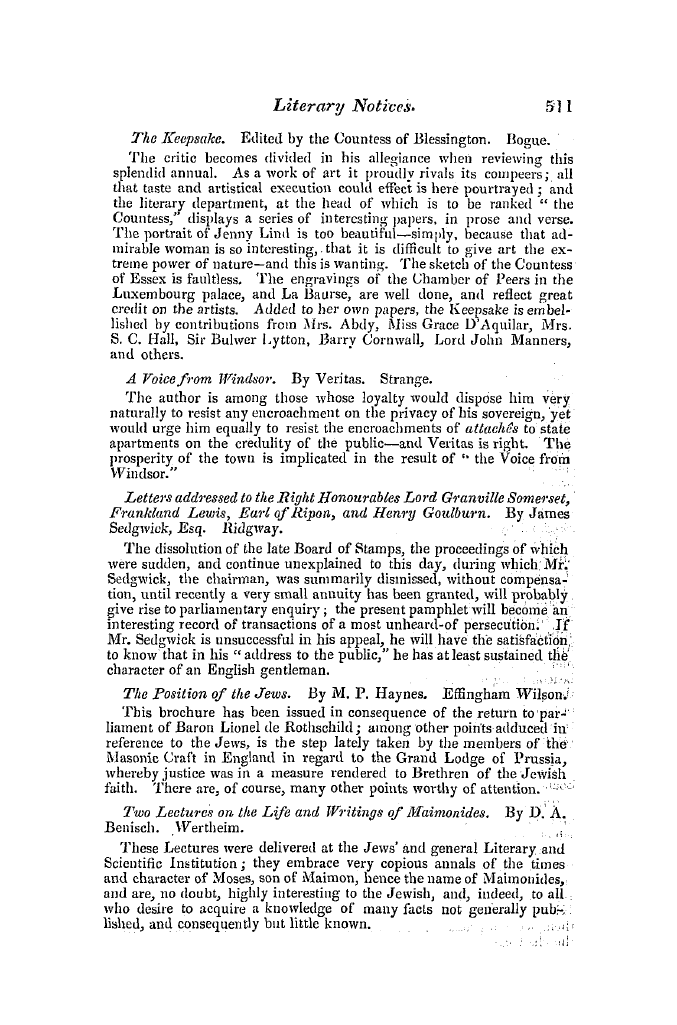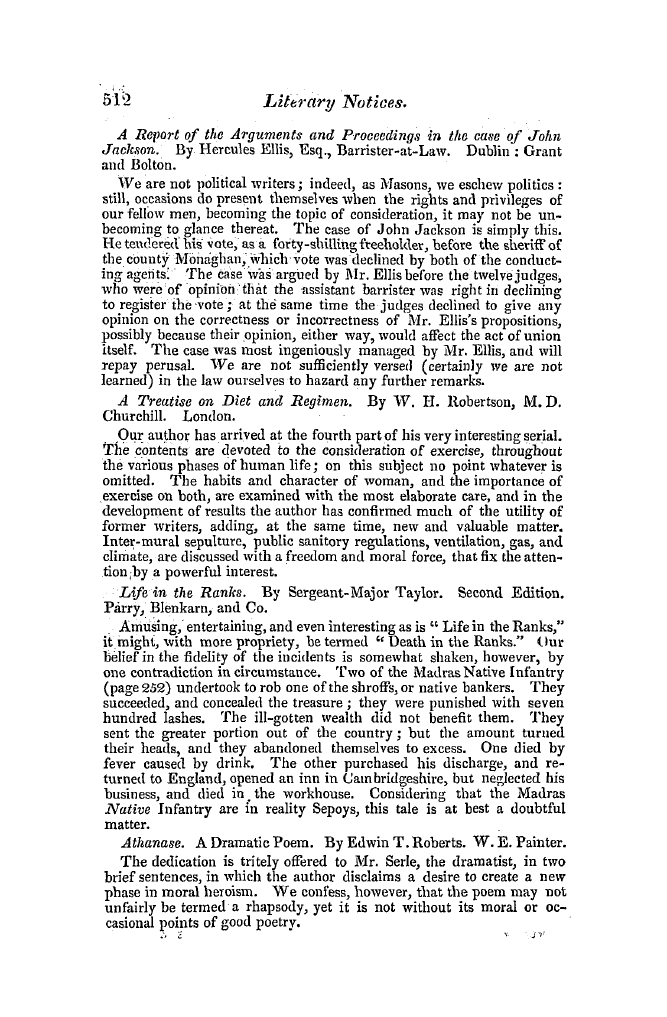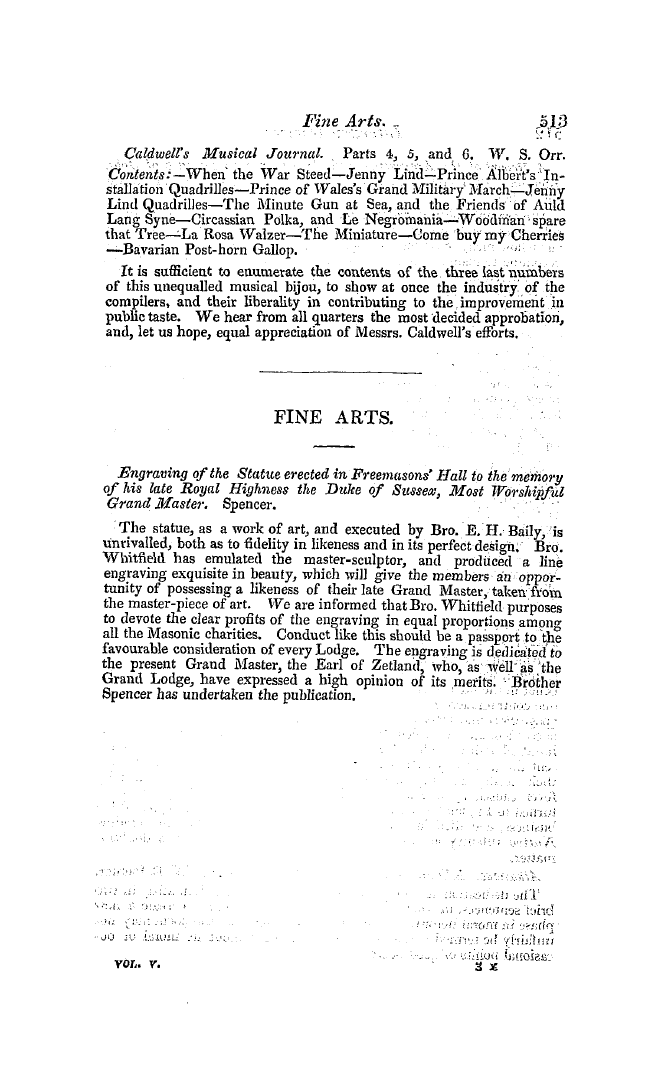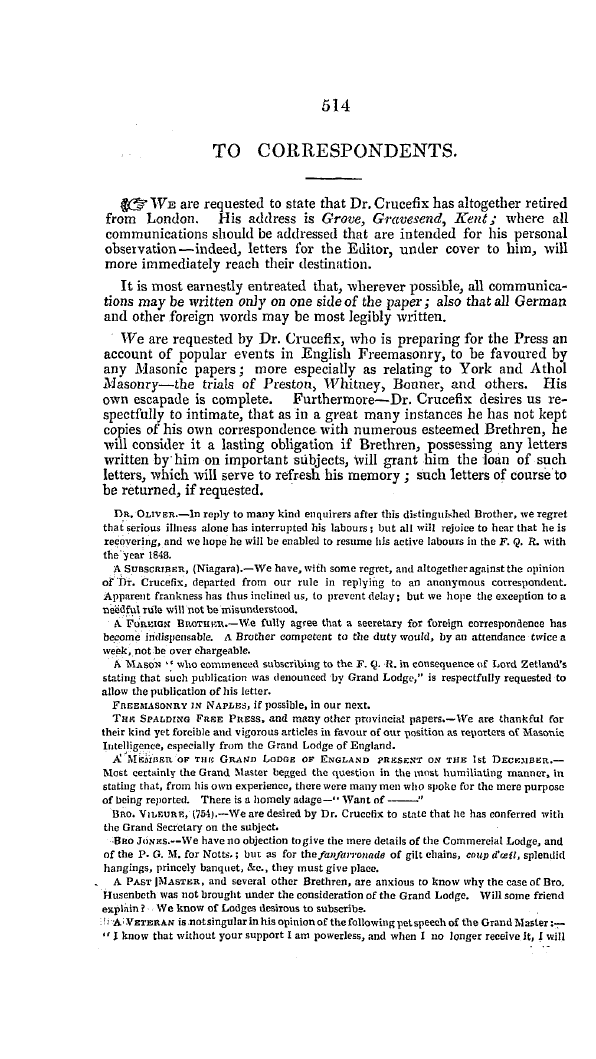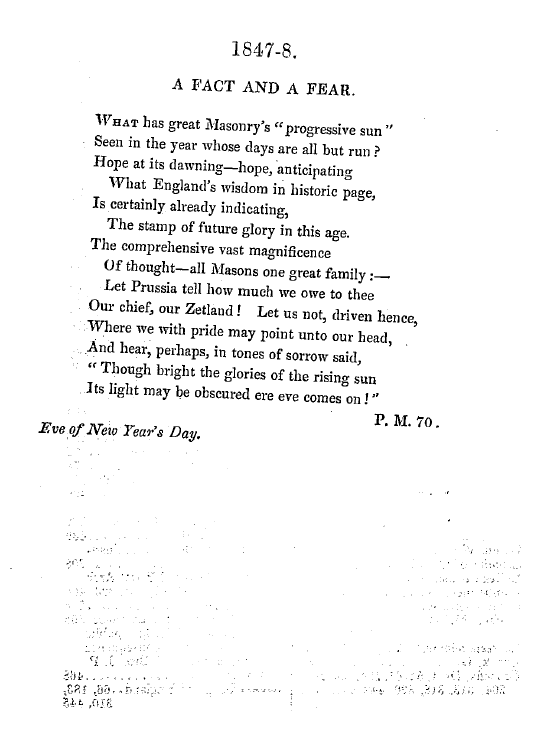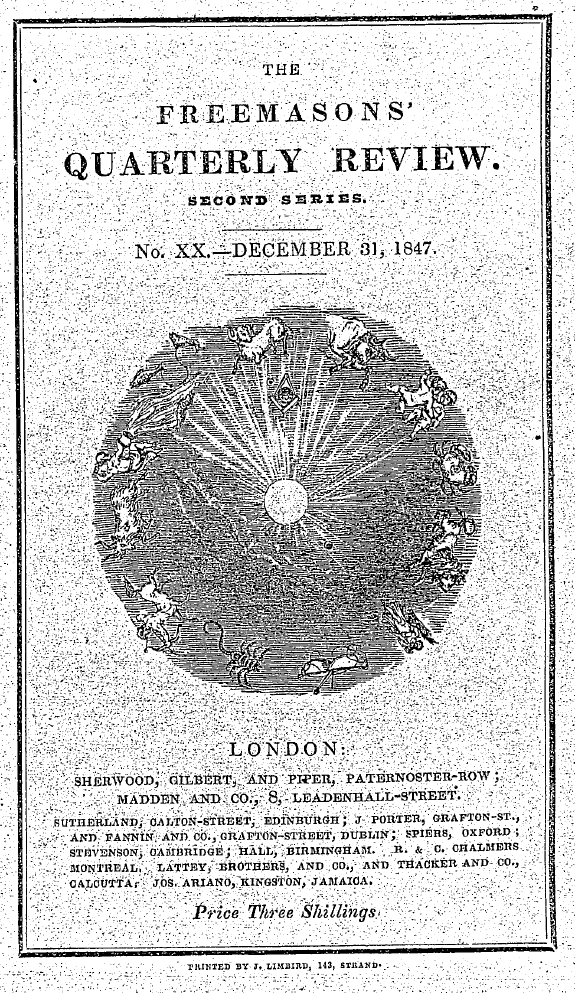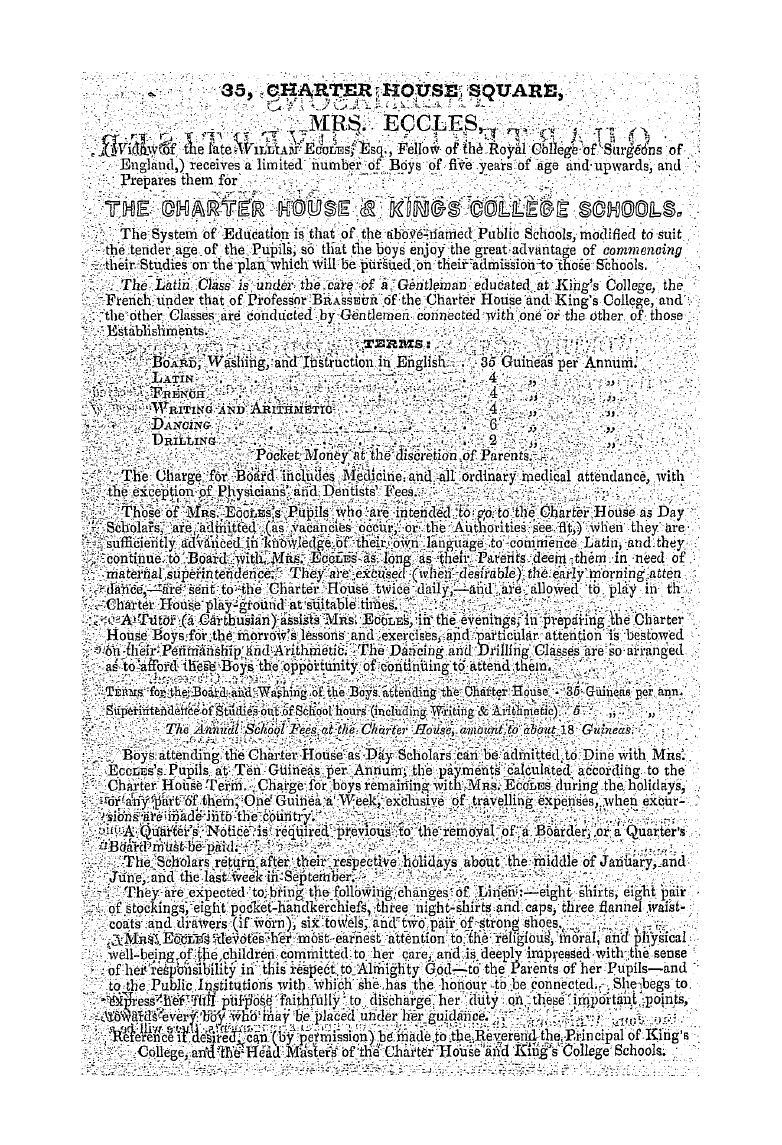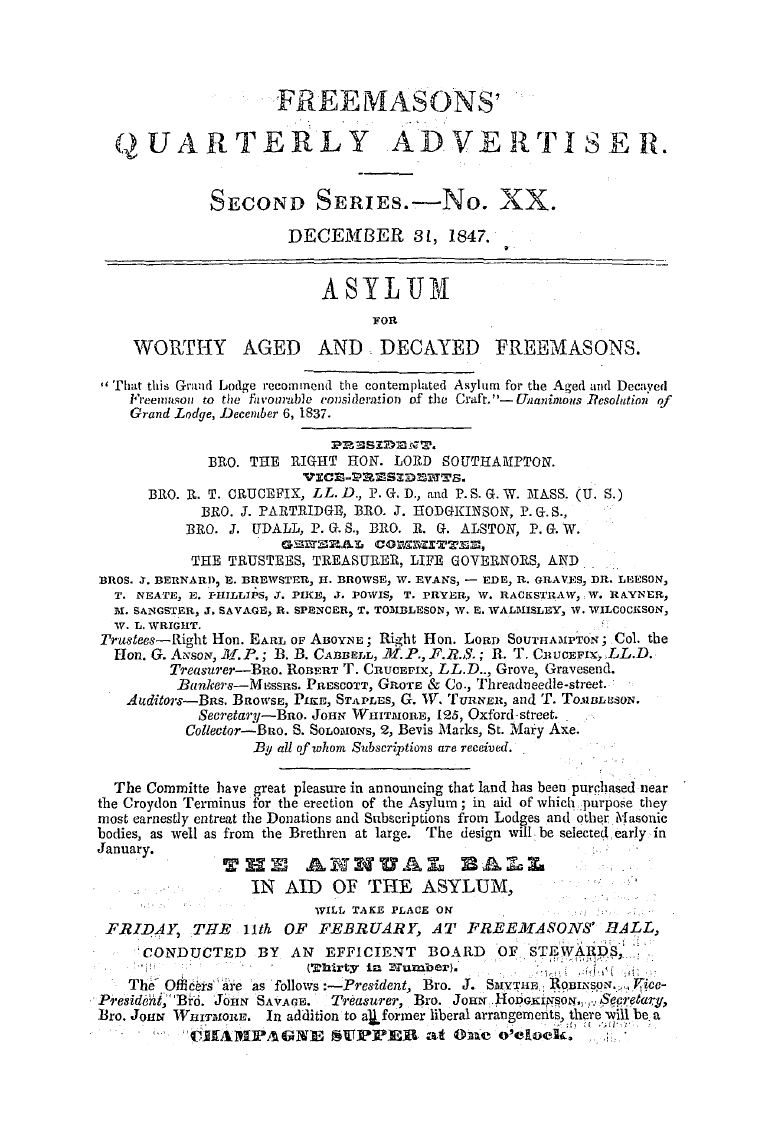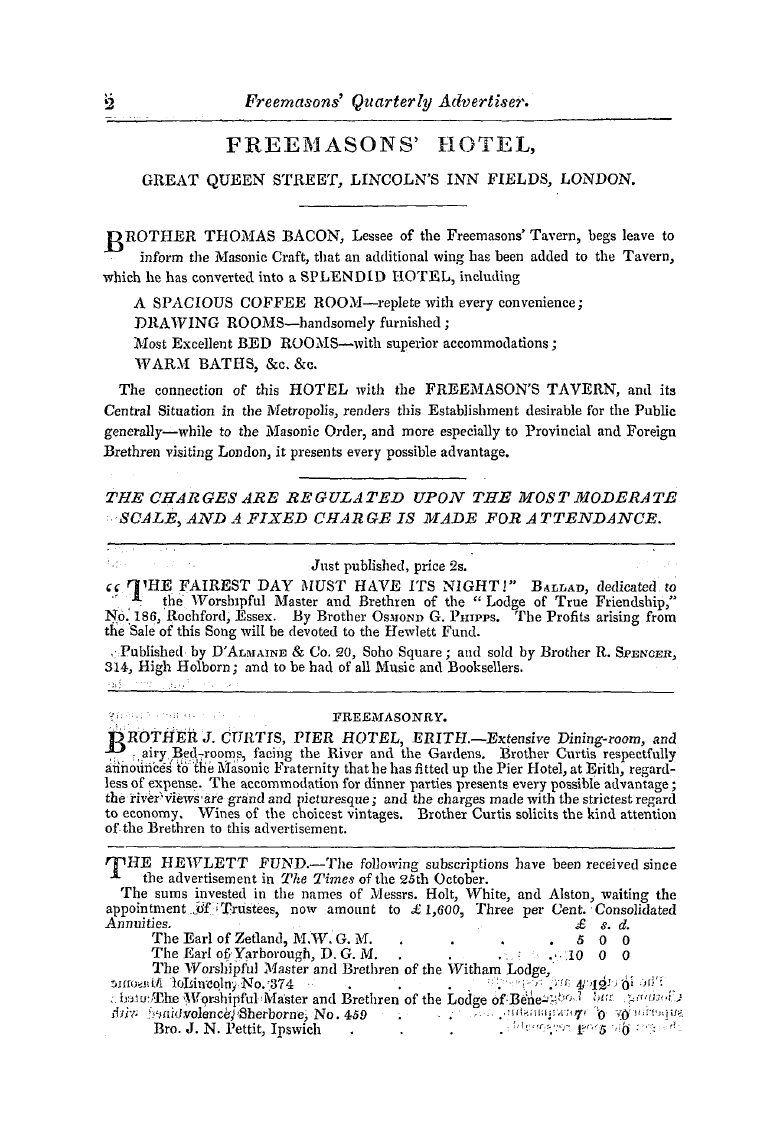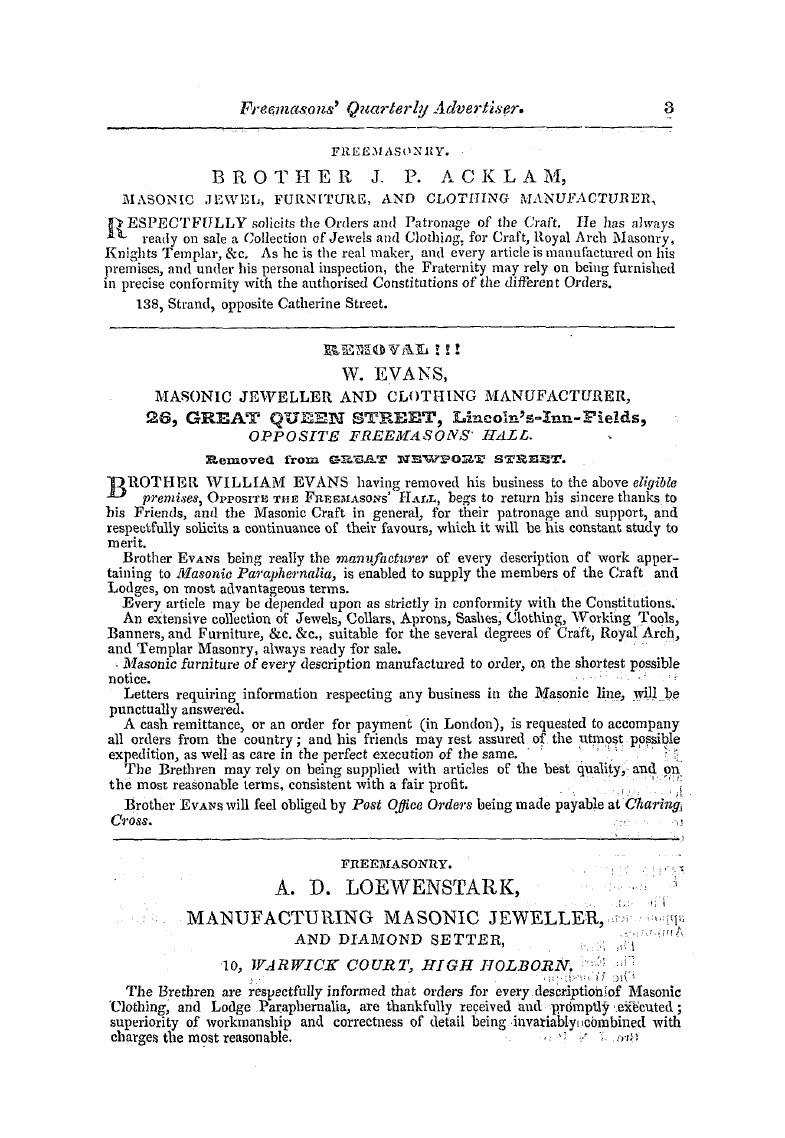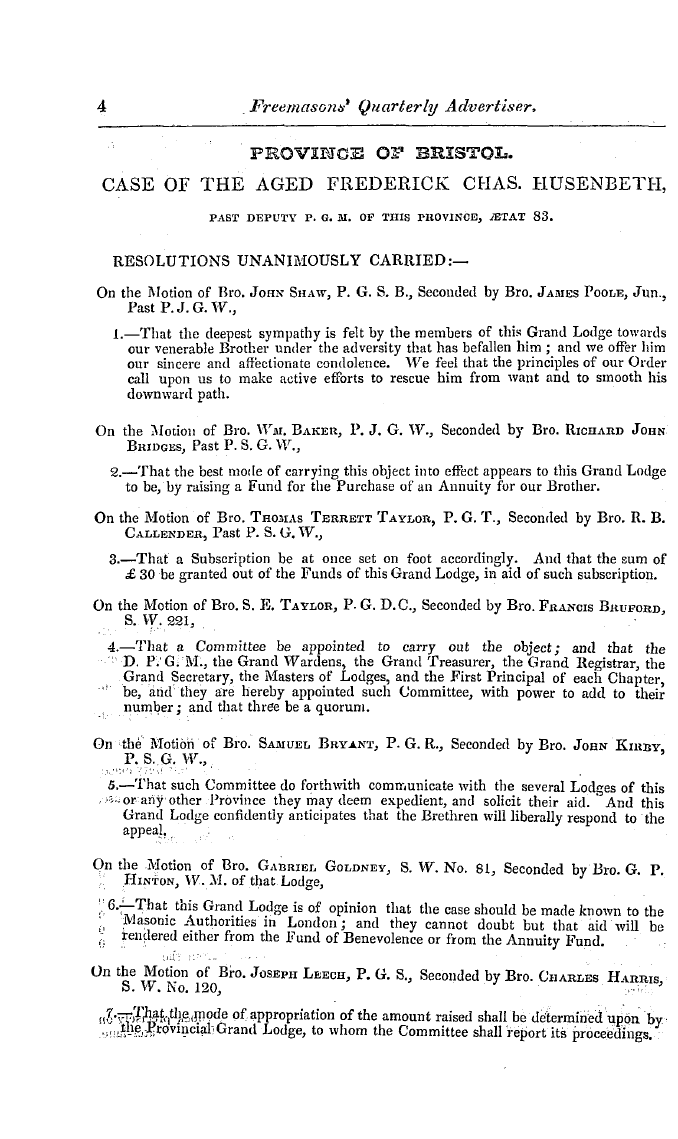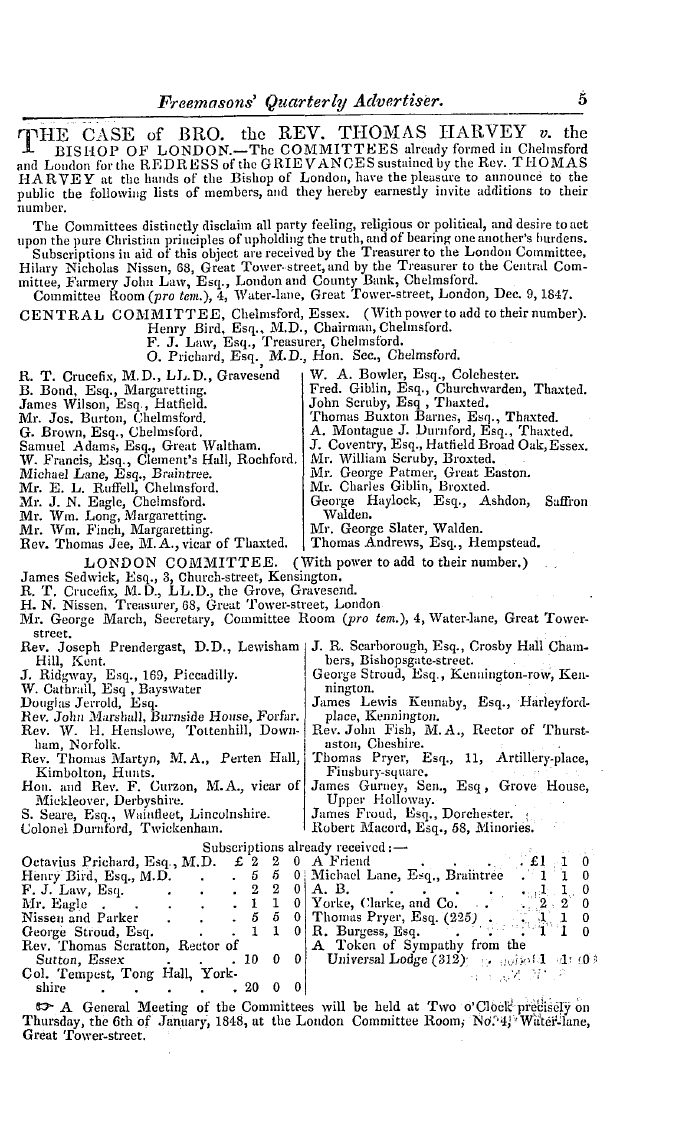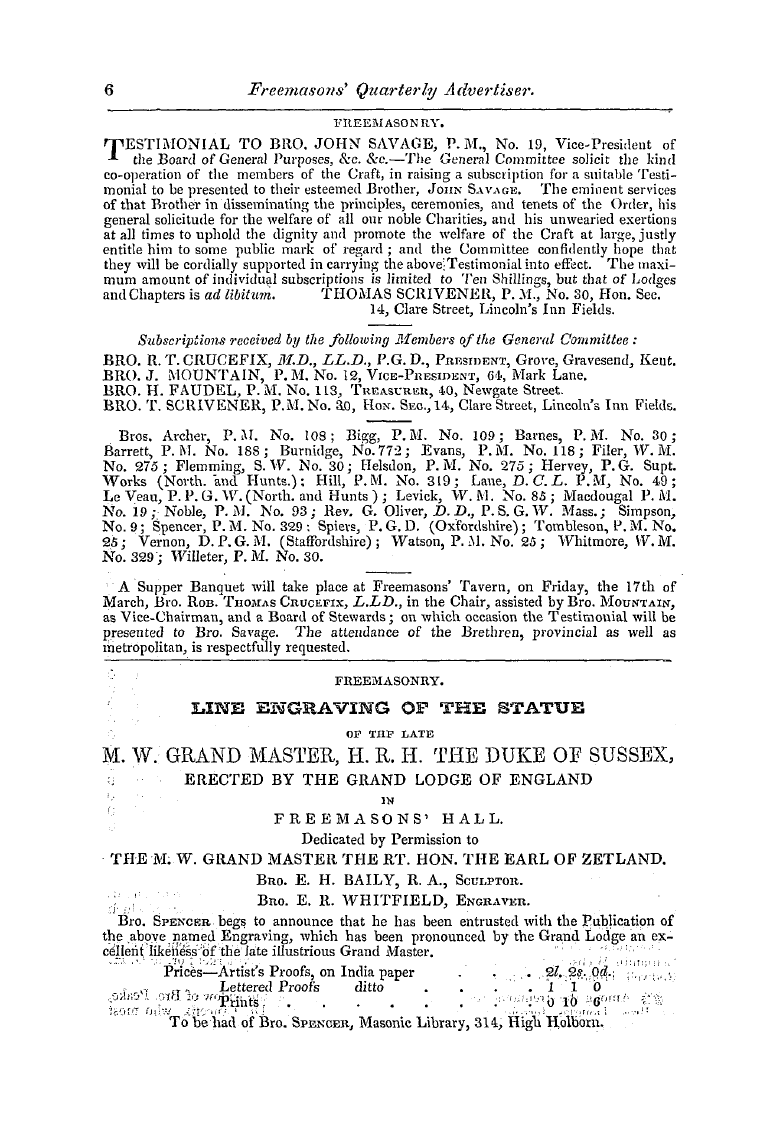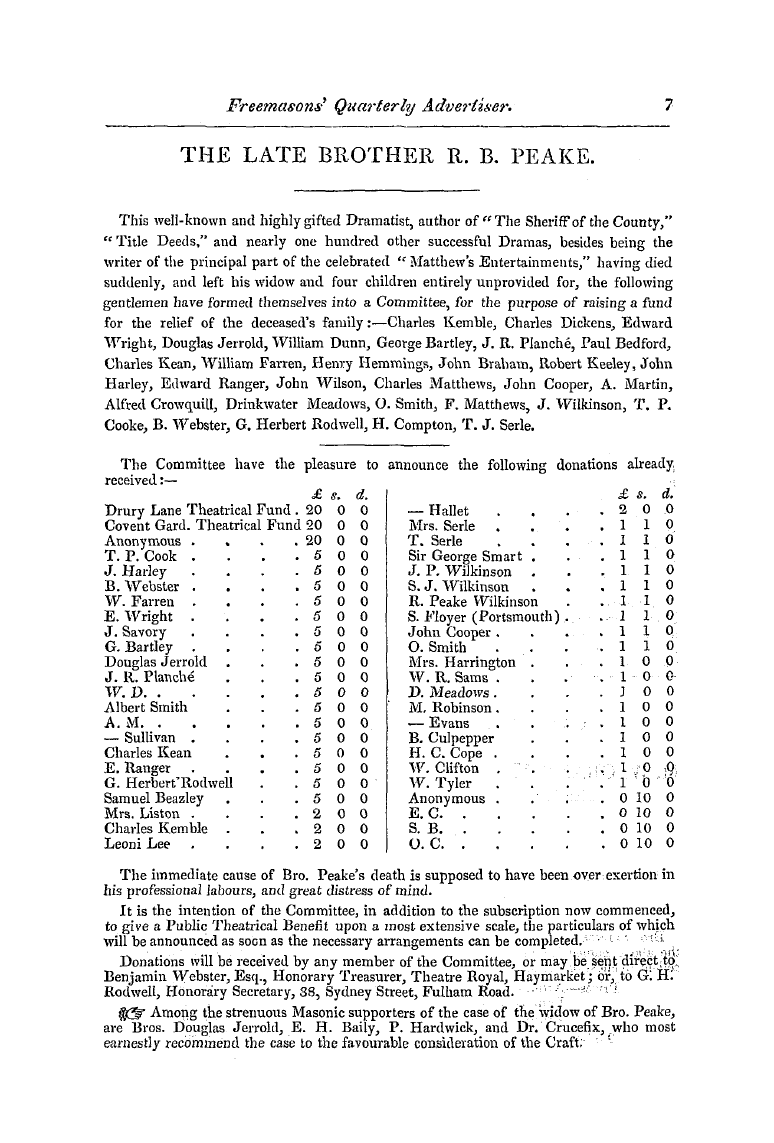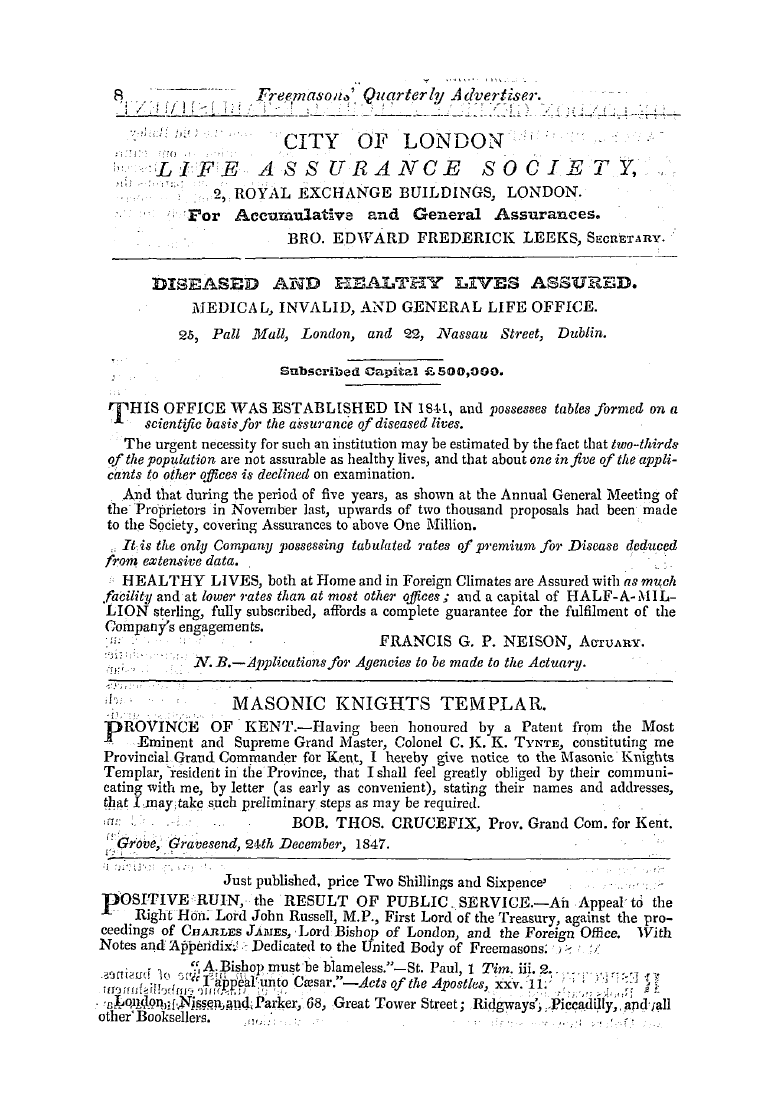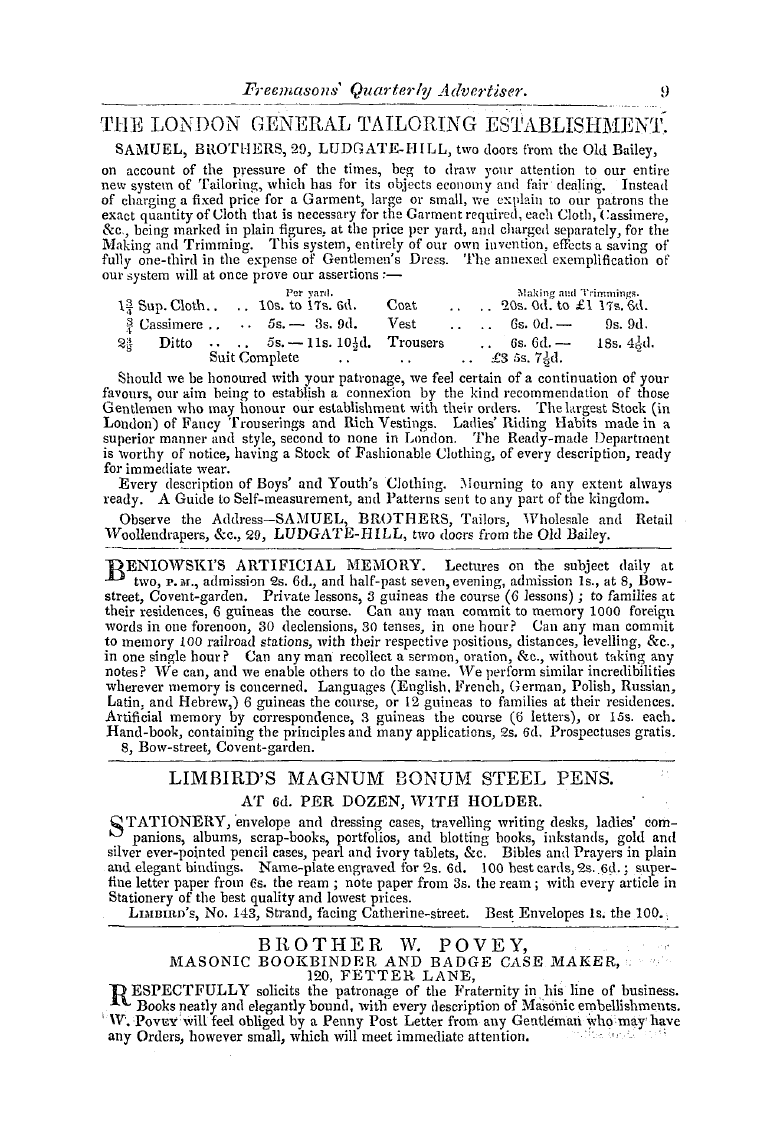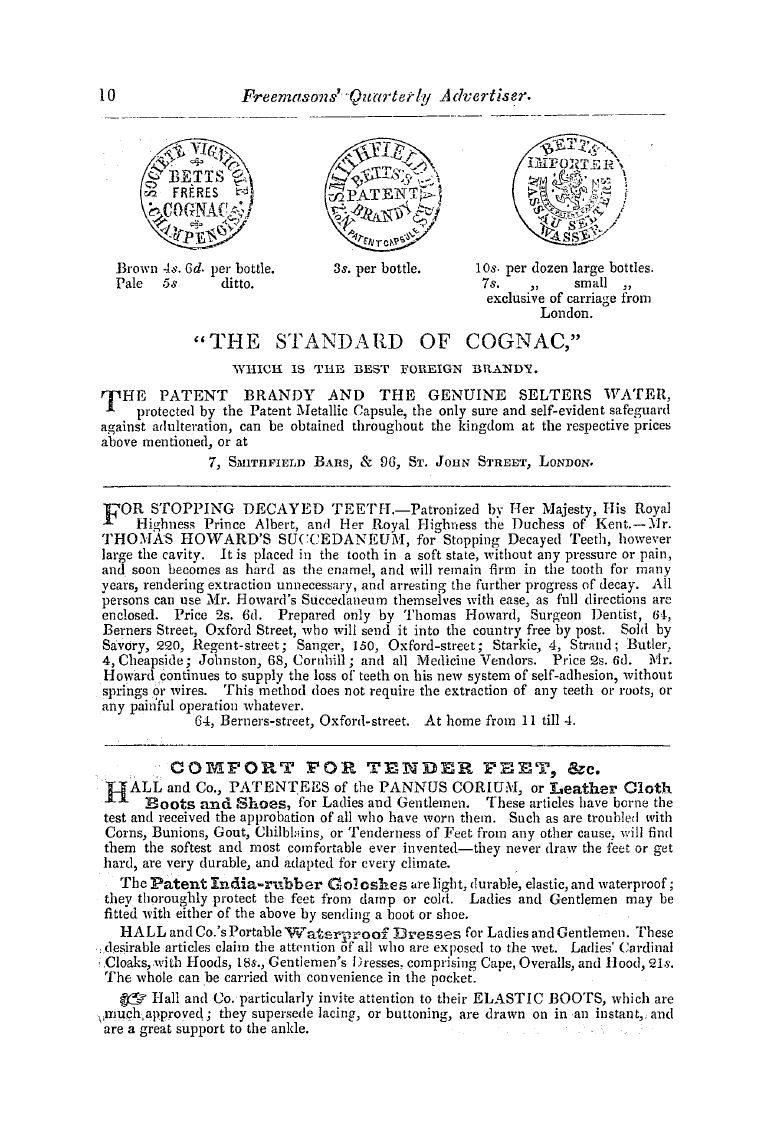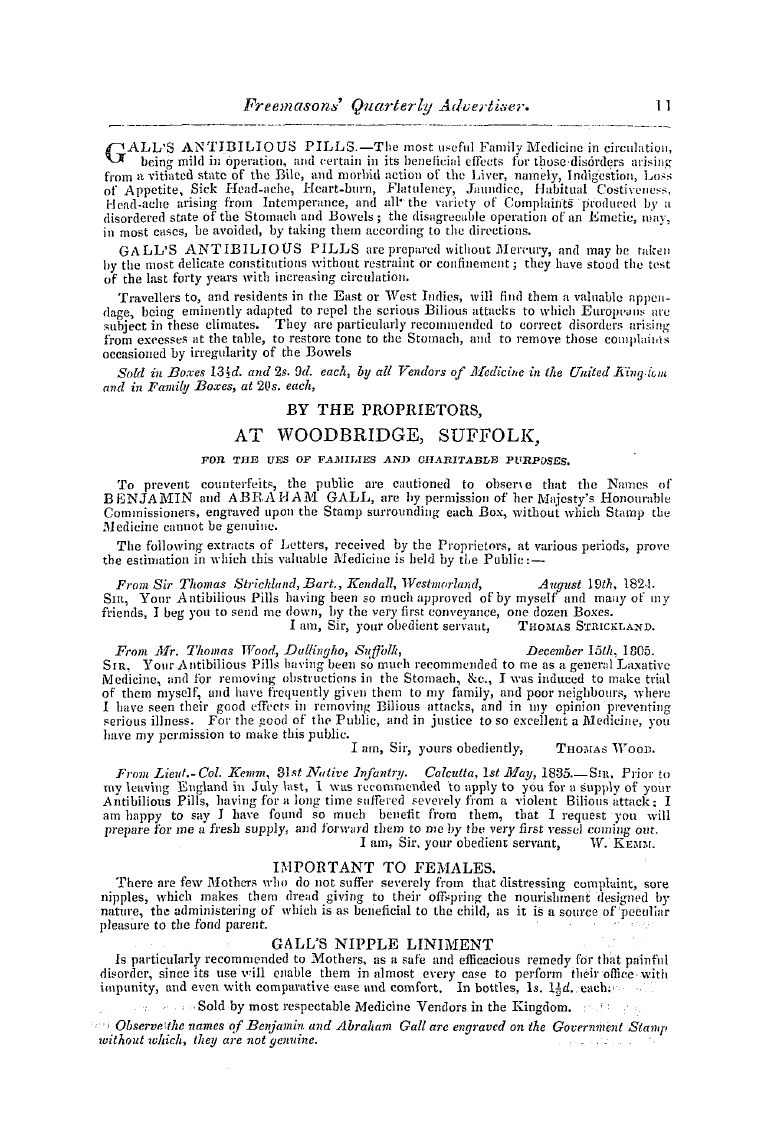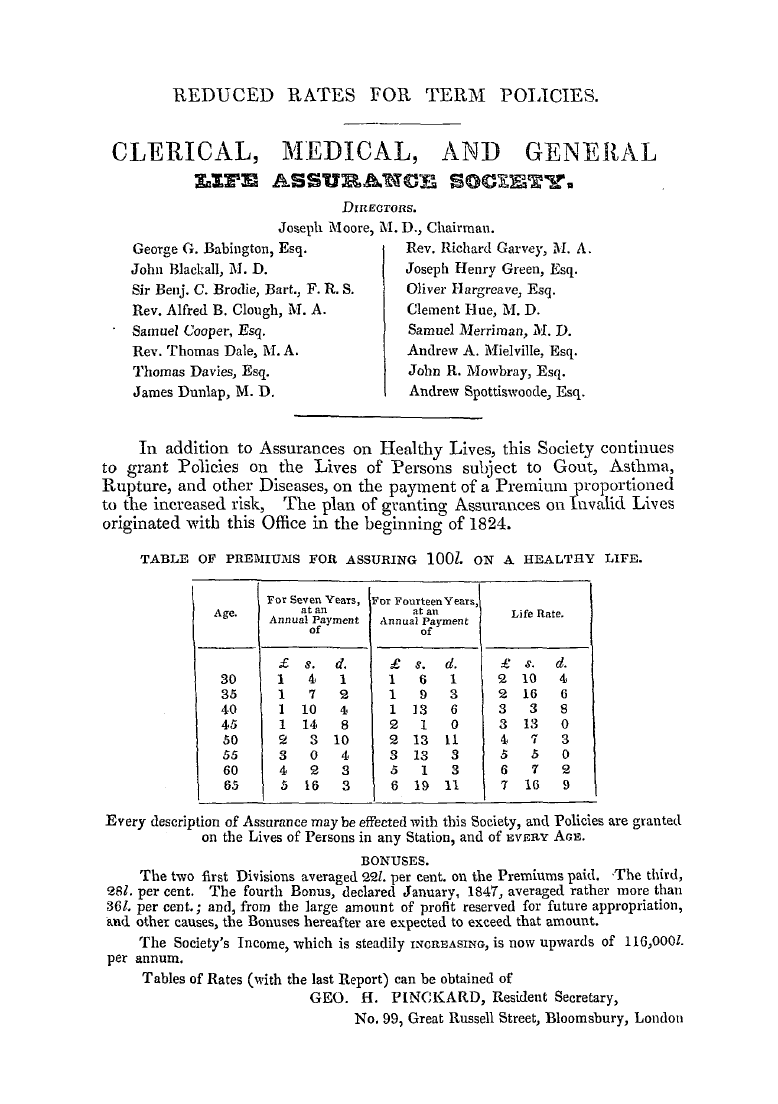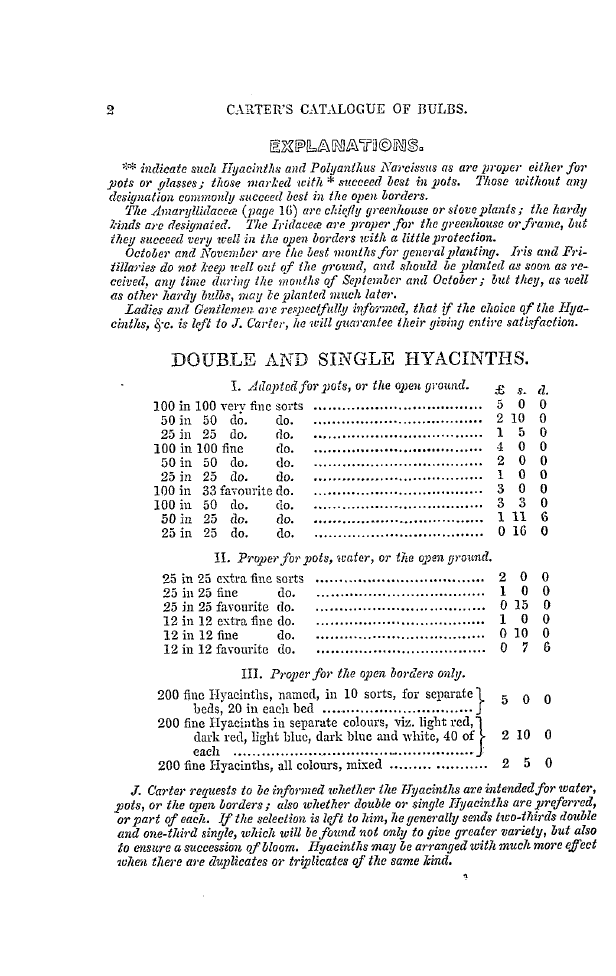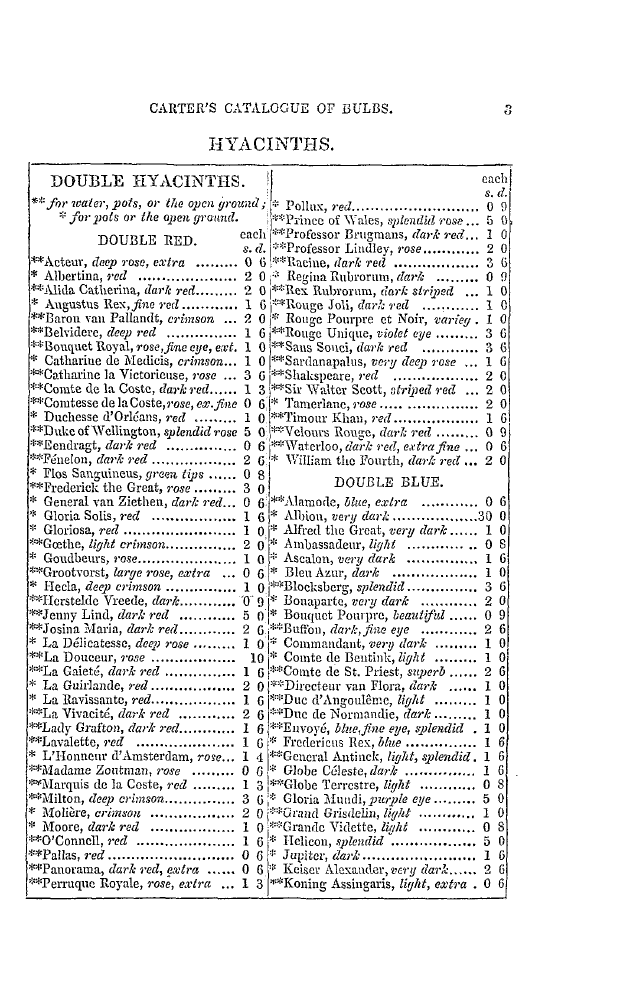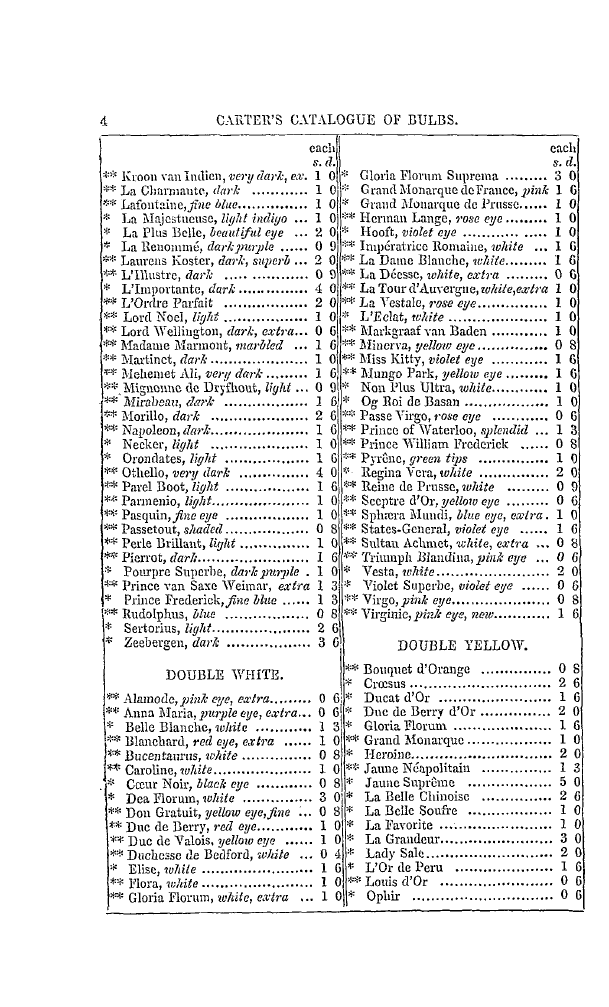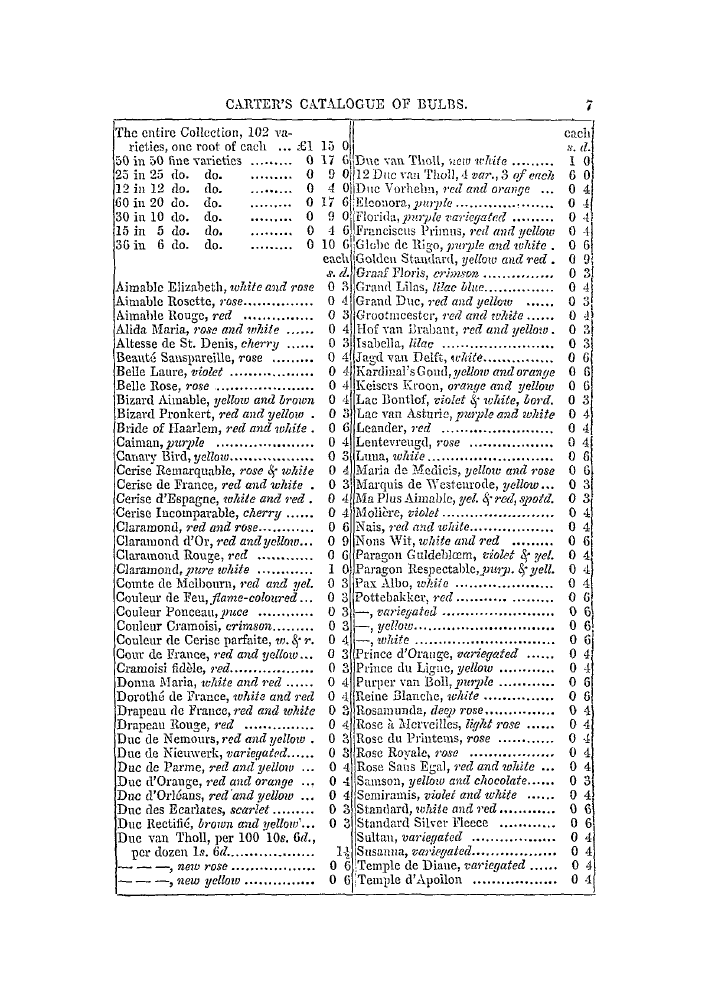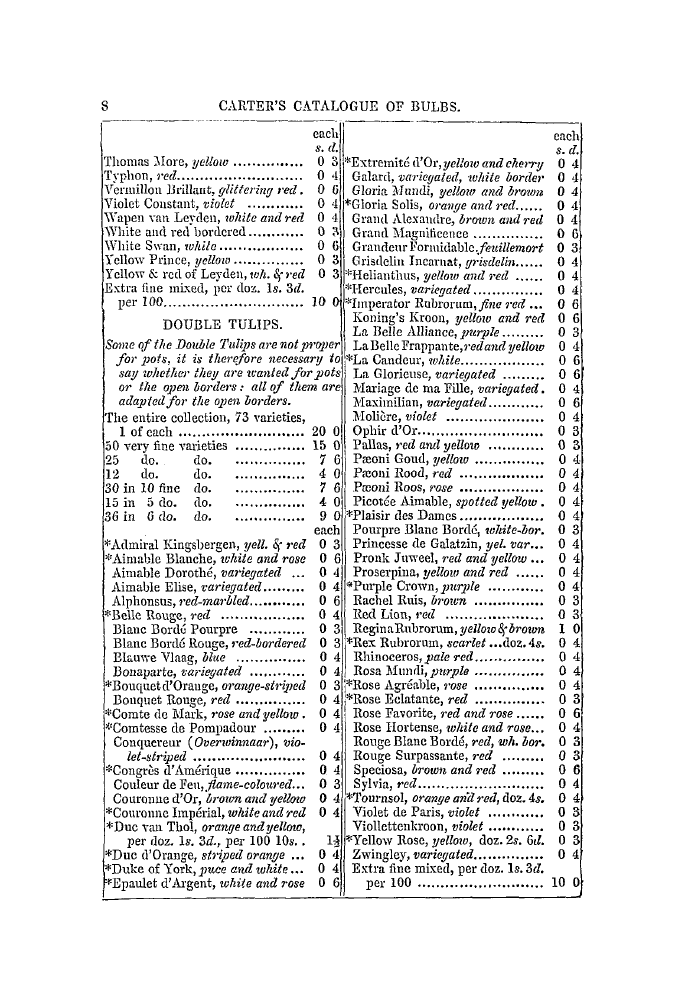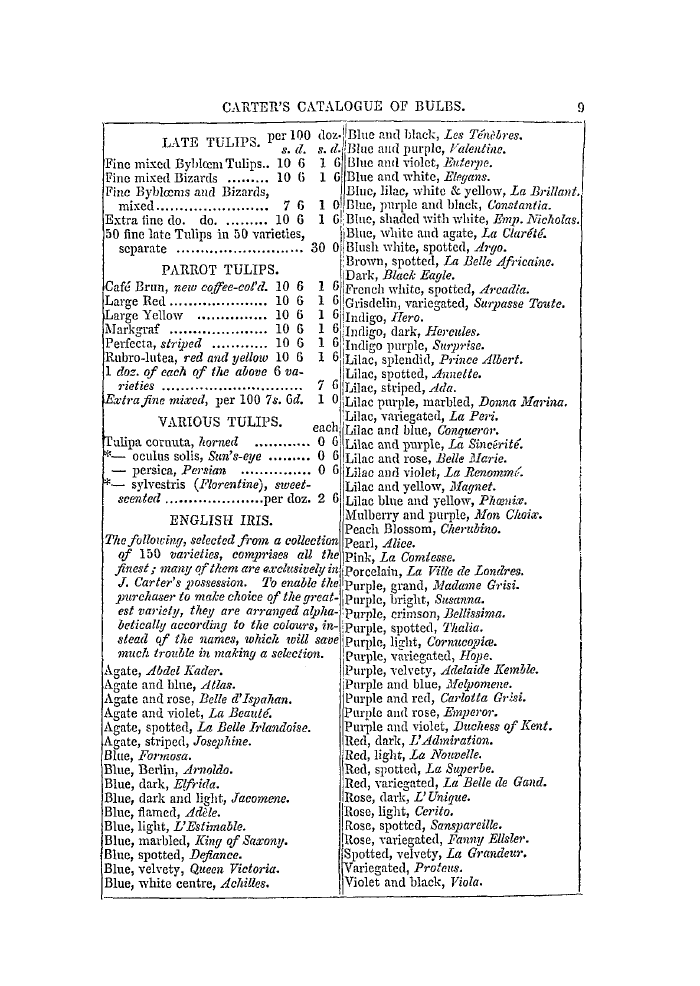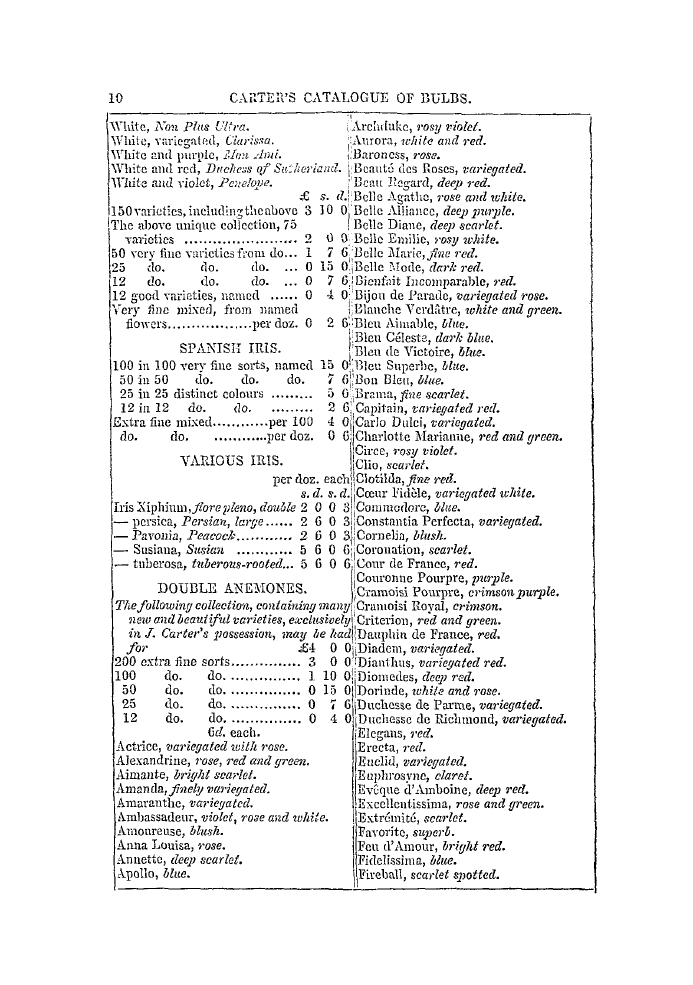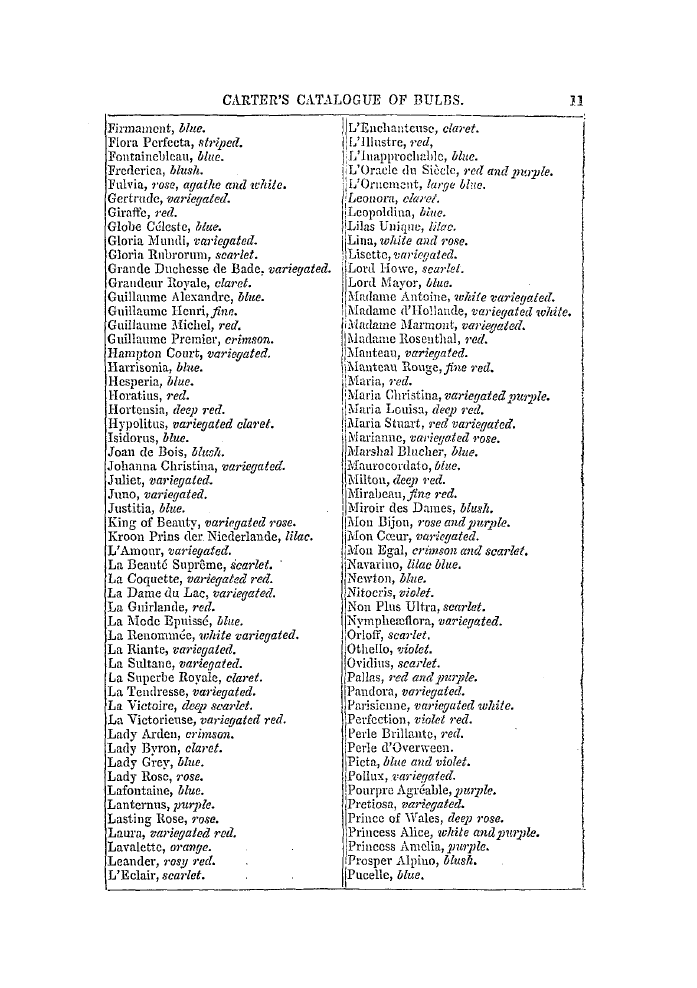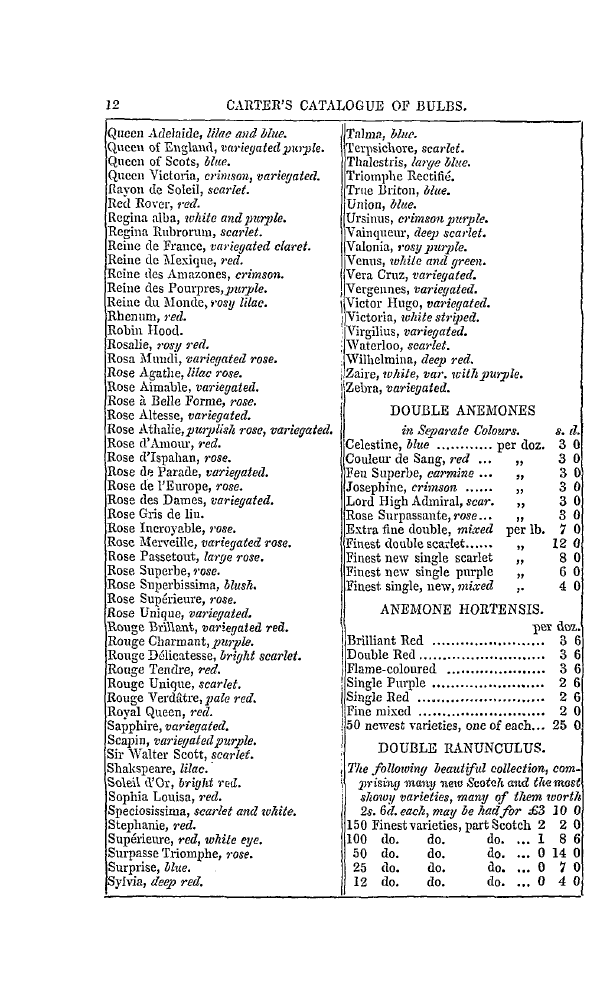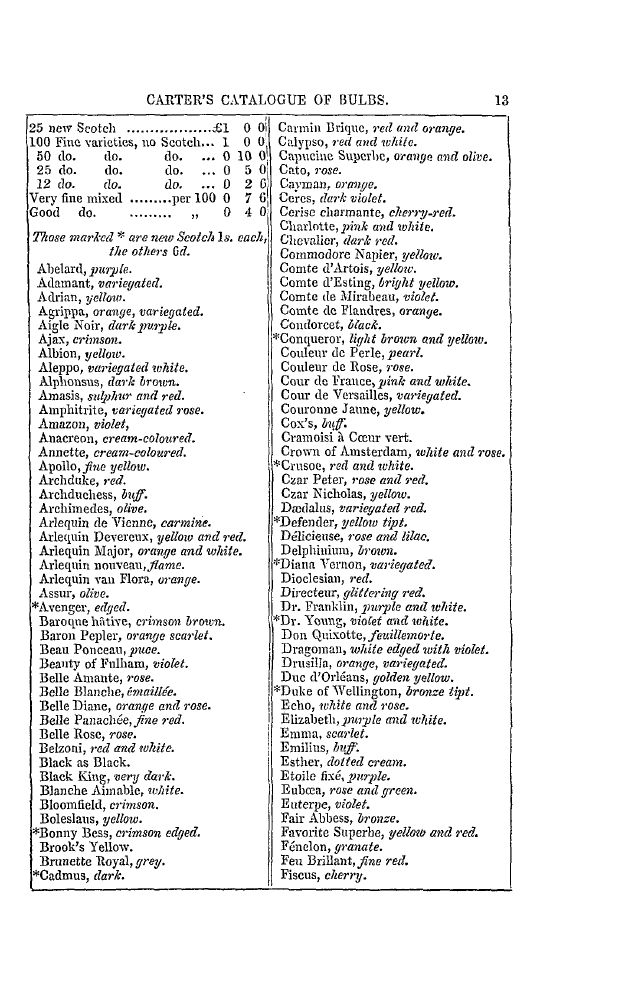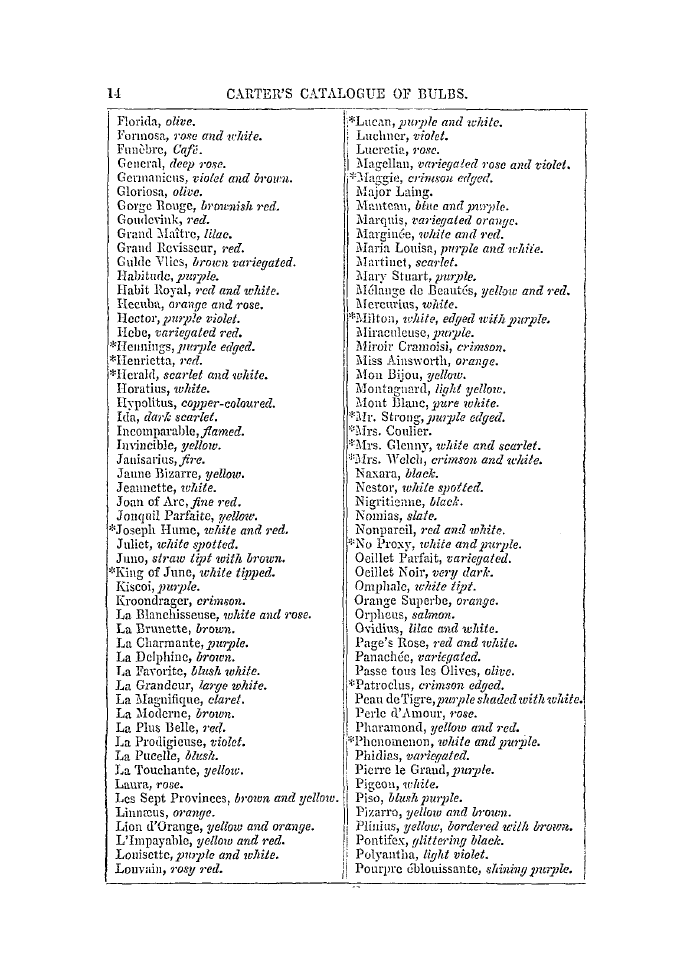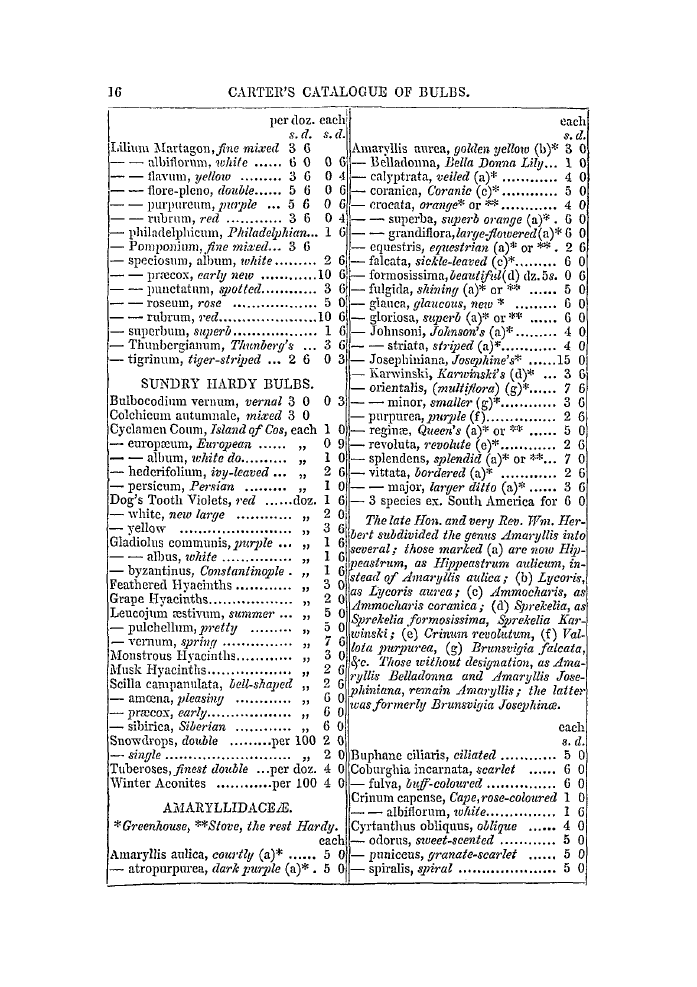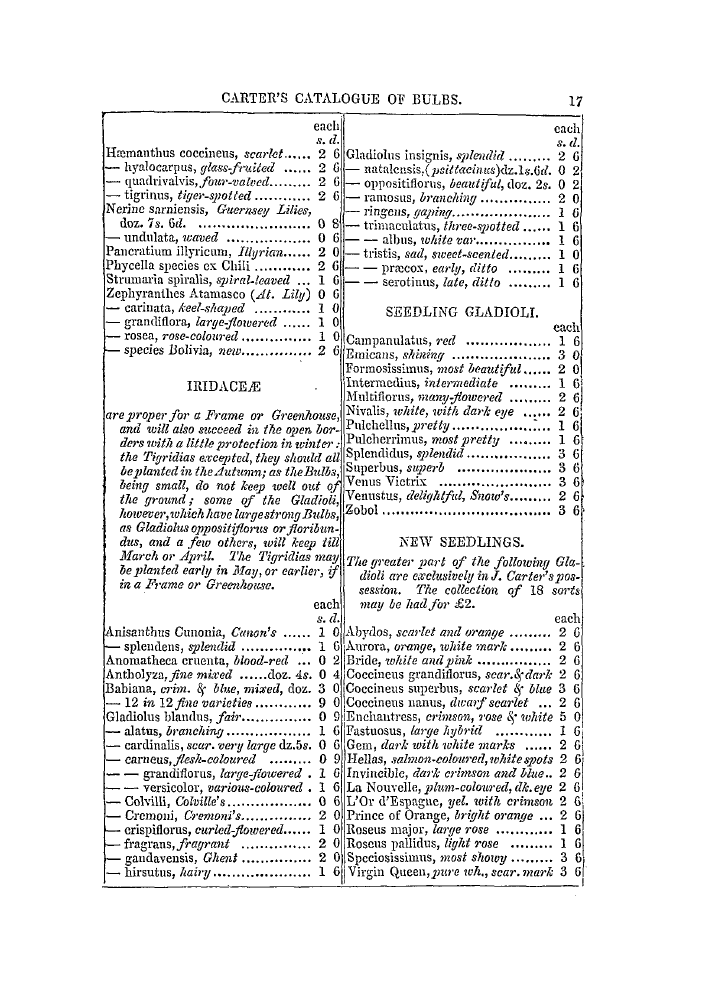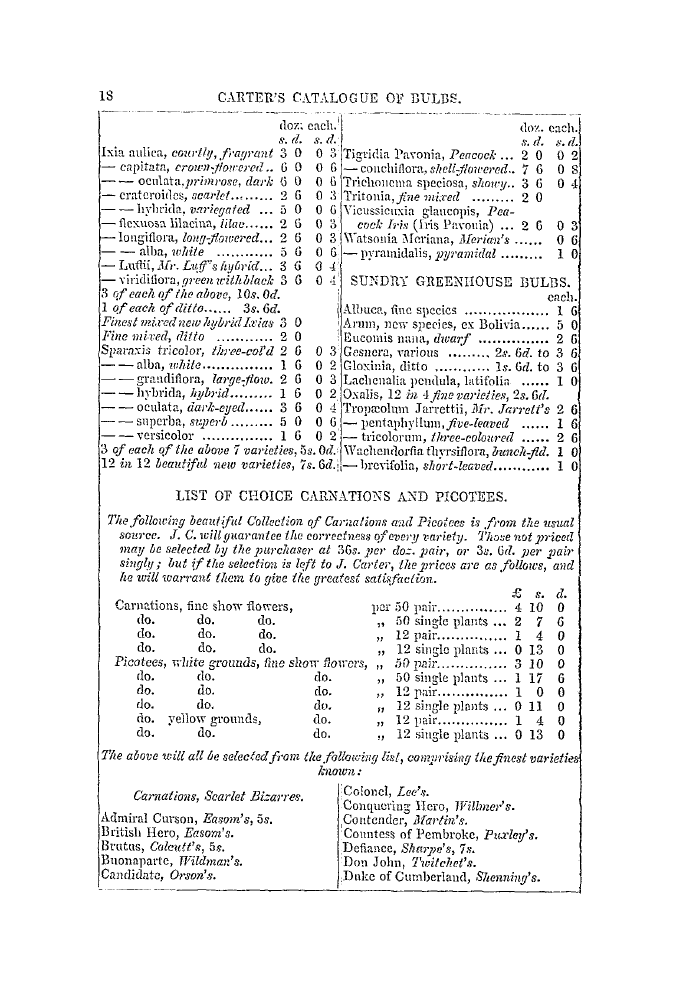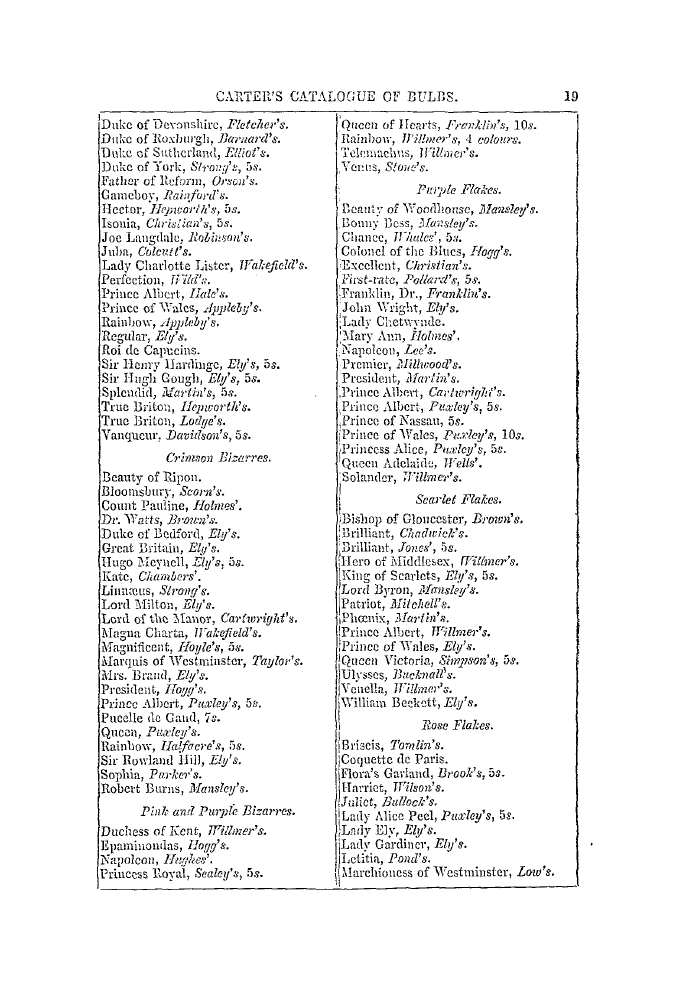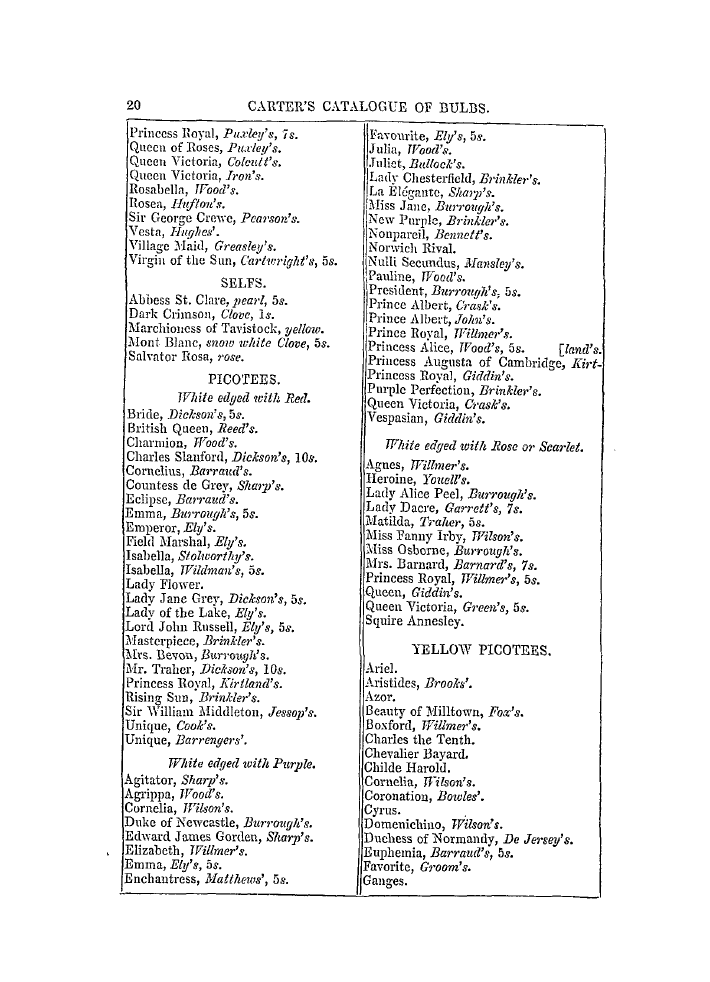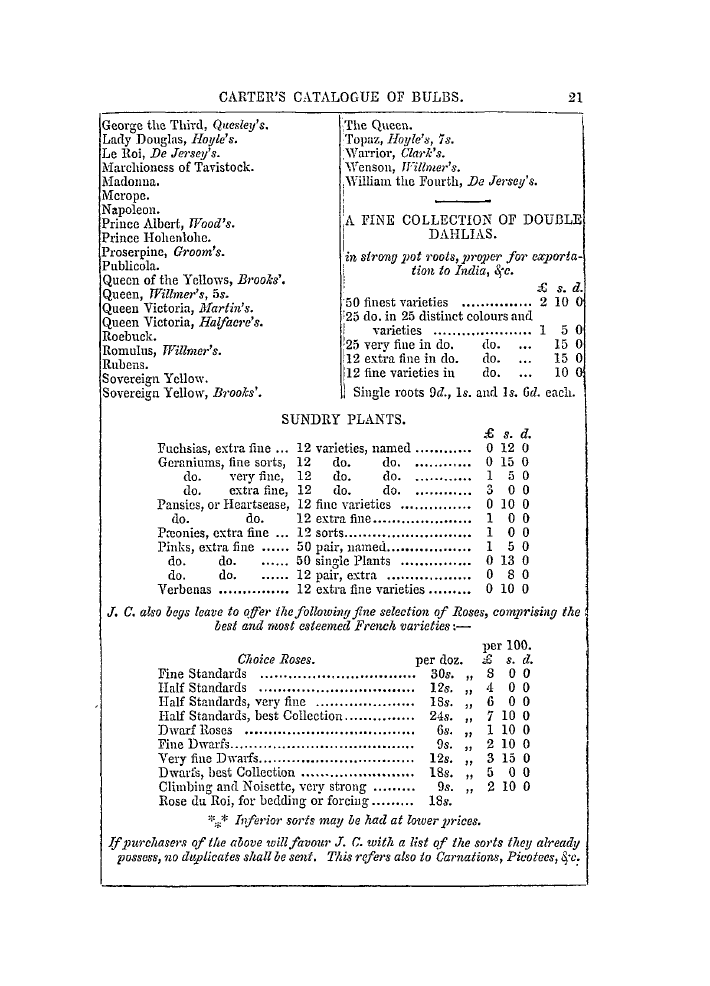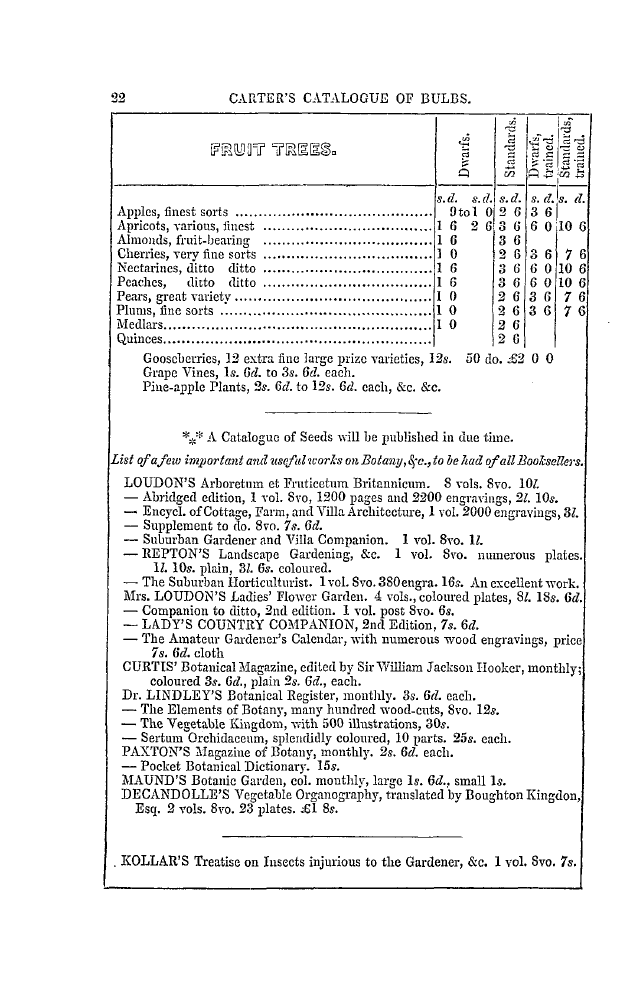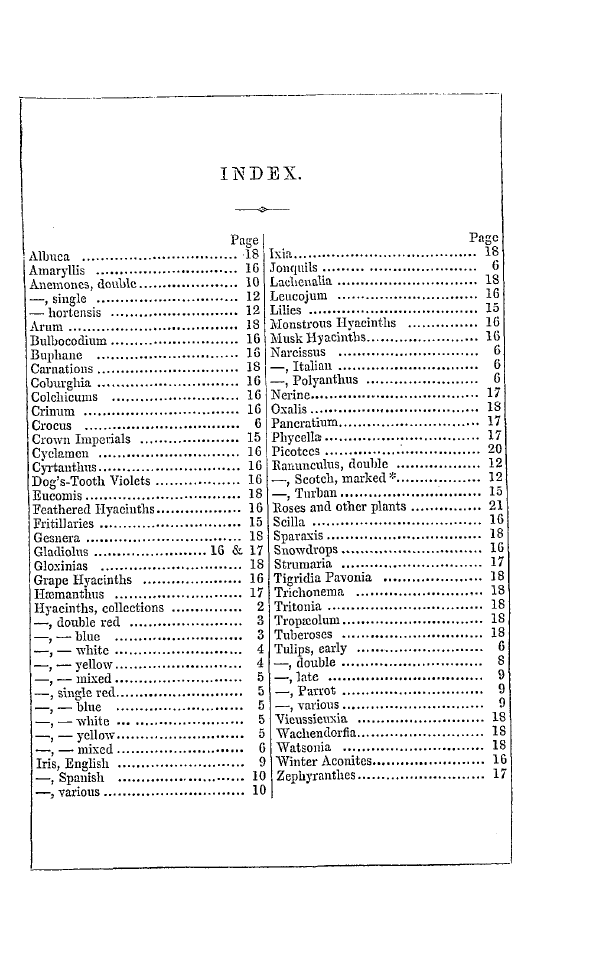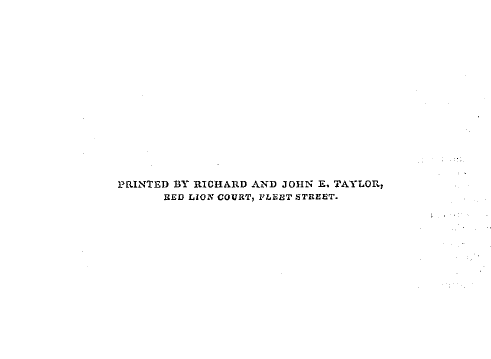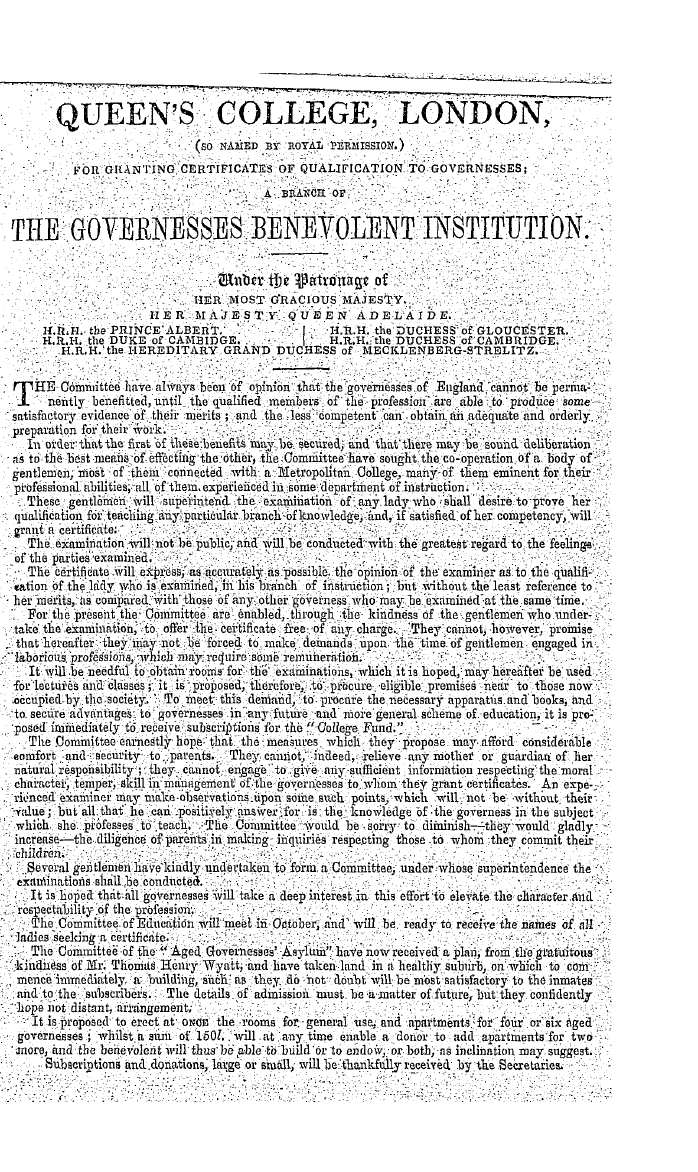-
Articles/Ads
Article ON THE STUDY OF MASONIC ANTIQUITIES. ← Page 4 of 16 →
Note: This text has been automatically extracted via Optical Character Recognition (OCR) software.
On The Study Of Masonic Antiquities.
and thus we maybe enabled to understand the nature of the ceremonies which were anciently practised at Elora and in Elephanta . It is evident that these caverns were not excavated during the simple and early stages of the worship . The religious system in which they originated must have long departed from the simplicity of its pristine references , and at the period of their formation have arrived at tlie very zenith of its glory and power : and it is manifest that a hih sense of
g devotion , aided by the hopes of eternal reward , could alone inspire that indefatigable perseverance and marvellous exhibition of human labour essential to the creation of such imperishable temples for the observance of the rites of the ancient religion of India , and the reception of its shrines , its altars , and holy things . We thus see that , although the precise period at which these temples were fashioned is lost in the mists of antiquity , the system from whence
they sprung must still have had a long anterior existence . Architecture and sculpture had then advanced to such a pitch of perfection as to be only afterwards equalled by Grecian art ; and that the sculptured caverns are indicative of a progressive style is manifest from some peculiarities observable in their construction . The rocky vaults are carved into the resemblance of roofs , with beams , and ribs , and joints , as though they had been copied from wooden structures * Many
portions of the various designs , in other respects , show a studious imitation of carpenter ' s work . These excavations thus obviously refer to previously existing structures , formed in great part from wooden materials . We may imagine that the original caverns were gradually fitted up with
wooden beams , partitions , and other appliances , and that mythological emblems and symbolical figures were placed in their recesses , when the magnificent idea occurred to some mind inspired with the spirit of devotion of fashioning a temple , with its courts , aisles , statues , altars , and emblems , from the native rock—converting the wood into stone—forming as it were an artificial petrifaction—and impressing the forms of his faith upon materials which time should neither obliterate nor destroy . In alluding to the uses to which these sculptured caverns were placed
, they may be considered , as an elegant writer observes , " not only as stupendous subterranean temples of the Deity , but as occasionally used by the Brahmins for inculcating the profoundest arcana of those sciences for which they were so widely celebrated in the East . " It was here that the aspirant was initiated into the mysteries , and we can well imagine the thrilling effect which the temple must necessarily produce when blazing with myriads of lihtslittering with burnished gold and
g , g precious gems , and profusely adorned with symbols referable to every element and principle of nature ; it was fully furnished and prepared for the magnificent rites of initiation . To these rites I shall presently advert ; but it will first be necessary to enter into some investigation as to the religion of ancient India , so as to trace the pure and simple elements from which it was originally compounded .
Clearing away the mass of mythological absurdities which obstructs our search as we enter upon this investigation , and which has deterred many from pursuing the task , we arrive , as in ancient Egypt , at the knowledge of one Supreme Being , whose attributes being subsequently
Note: This text has been automatically extracted via Optical Character Recognition (OCR) software.
On The Study Of Masonic Antiquities.
and thus we maybe enabled to understand the nature of the ceremonies which were anciently practised at Elora and in Elephanta . It is evident that these caverns were not excavated during the simple and early stages of the worship . The religious system in which they originated must have long departed from the simplicity of its pristine references , and at the period of their formation have arrived at tlie very zenith of its glory and power : and it is manifest that a hih sense of
g devotion , aided by the hopes of eternal reward , could alone inspire that indefatigable perseverance and marvellous exhibition of human labour essential to the creation of such imperishable temples for the observance of the rites of the ancient religion of India , and the reception of its shrines , its altars , and holy things . We thus see that , although the precise period at which these temples were fashioned is lost in the mists of antiquity , the system from whence
they sprung must still have had a long anterior existence . Architecture and sculpture had then advanced to such a pitch of perfection as to be only afterwards equalled by Grecian art ; and that the sculptured caverns are indicative of a progressive style is manifest from some peculiarities observable in their construction . The rocky vaults are carved into the resemblance of roofs , with beams , and ribs , and joints , as though they had been copied from wooden structures * Many
portions of the various designs , in other respects , show a studious imitation of carpenter ' s work . These excavations thus obviously refer to previously existing structures , formed in great part from wooden materials . We may imagine that the original caverns were gradually fitted up with
wooden beams , partitions , and other appliances , and that mythological emblems and symbolical figures were placed in their recesses , when the magnificent idea occurred to some mind inspired with the spirit of devotion of fashioning a temple , with its courts , aisles , statues , altars , and emblems , from the native rock—converting the wood into stone—forming as it were an artificial petrifaction—and impressing the forms of his faith upon materials which time should neither obliterate nor destroy . In alluding to the uses to which these sculptured caverns were placed
, they may be considered , as an elegant writer observes , " not only as stupendous subterranean temples of the Deity , but as occasionally used by the Brahmins for inculcating the profoundest arcana of those sciences for which they were so widely celebrated in the East . " It was here that the aspirant was initiated into the mysteries , and we can well imagine the thrilling effect which the temple must necessarily produce when blazing with myriads of lihtslittering with burnished gold and
g , g precious gems , and profusely adorned with symbols referable to every element and principle of nature ; it was fully furnished and prepared for the magnificent rites of initiation . To these rites I shall presently advert ; but it will first be necessary to enter into some investigation as to the religion of ancient India , so as to trace the pure and simple elements from which it was originally compounded .
Clearing away the mass of mythological absurdities which obstructs our search as we enter upon this investigation , and which has deterred many from pursuing the task , we arrive , as in ancient Egypt , at the knowledge of one Supreme Being , whose attributes being subsequently


























































